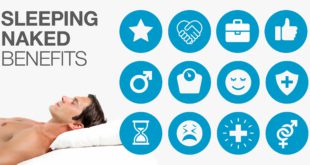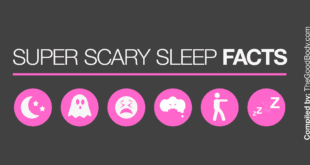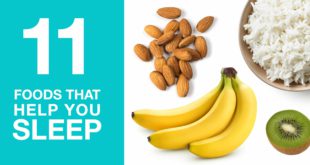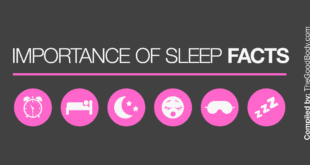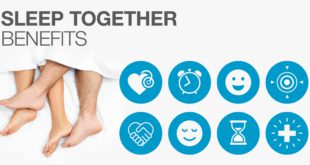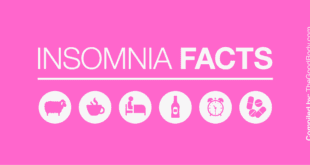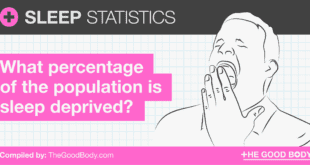Fun Sleep Facts
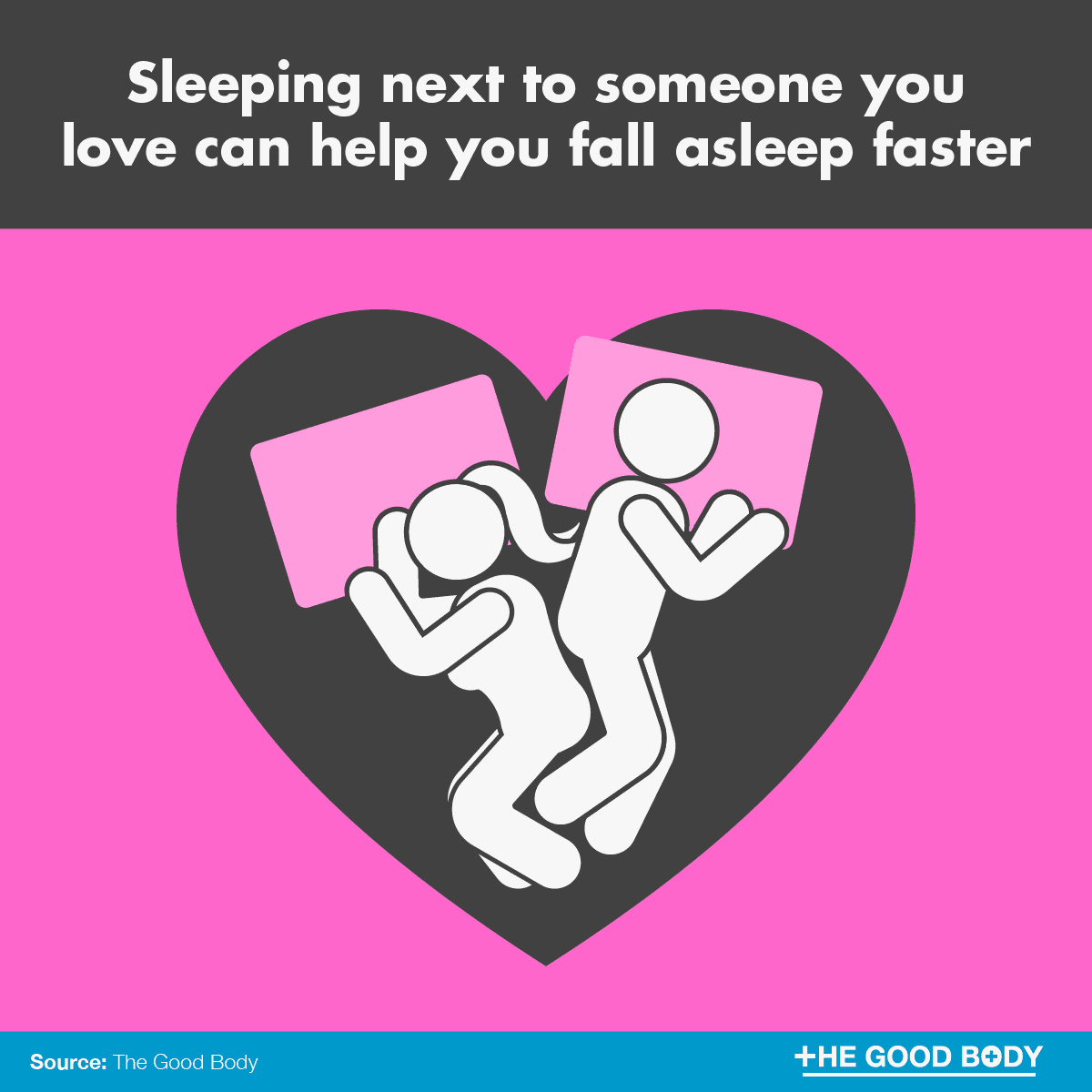
1. Sleeping next to someone you love can help you fall asleep faster.
You’re also more likely to experience restorative sleep which is vital for your brain health.
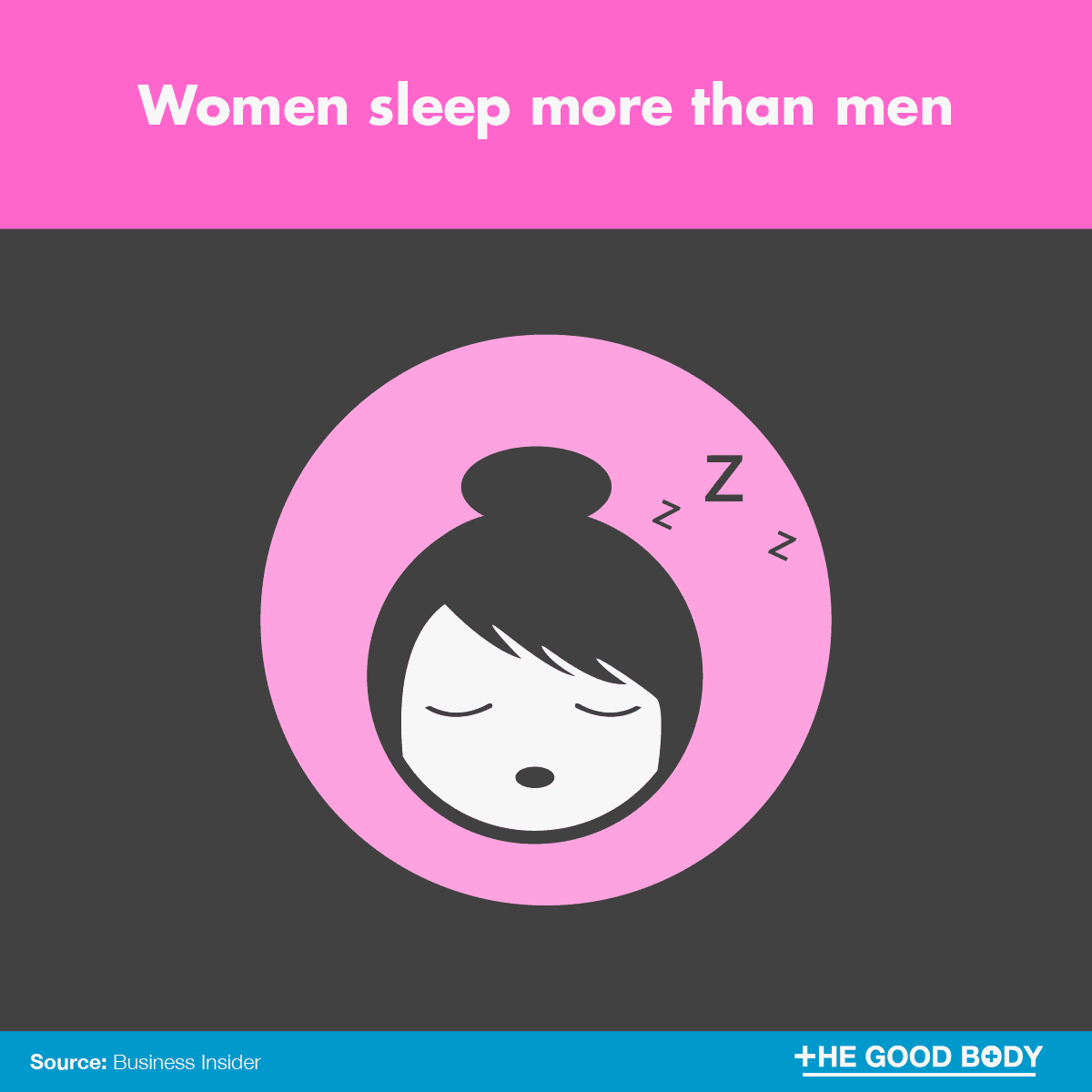
2. Women sleep more than men.
It’s believed that the reason for this is women are more likely to multitask, meaning their brains work harder and therefore take longer to recover.
It’s worth mentioning that women are significantly more likely to suffer with insomnia.[1]
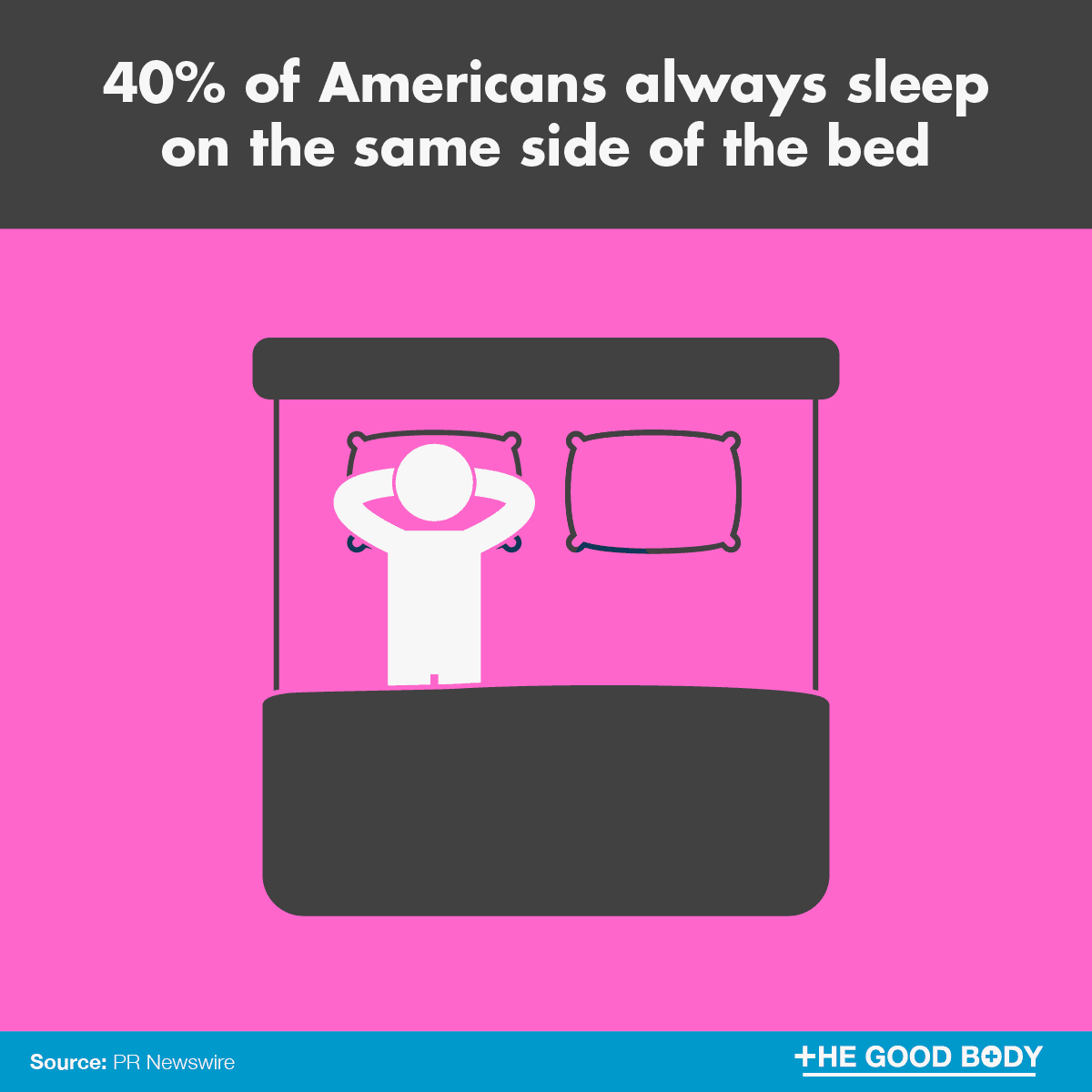
3. 40% of Americans always sleep on the same side of the bed.
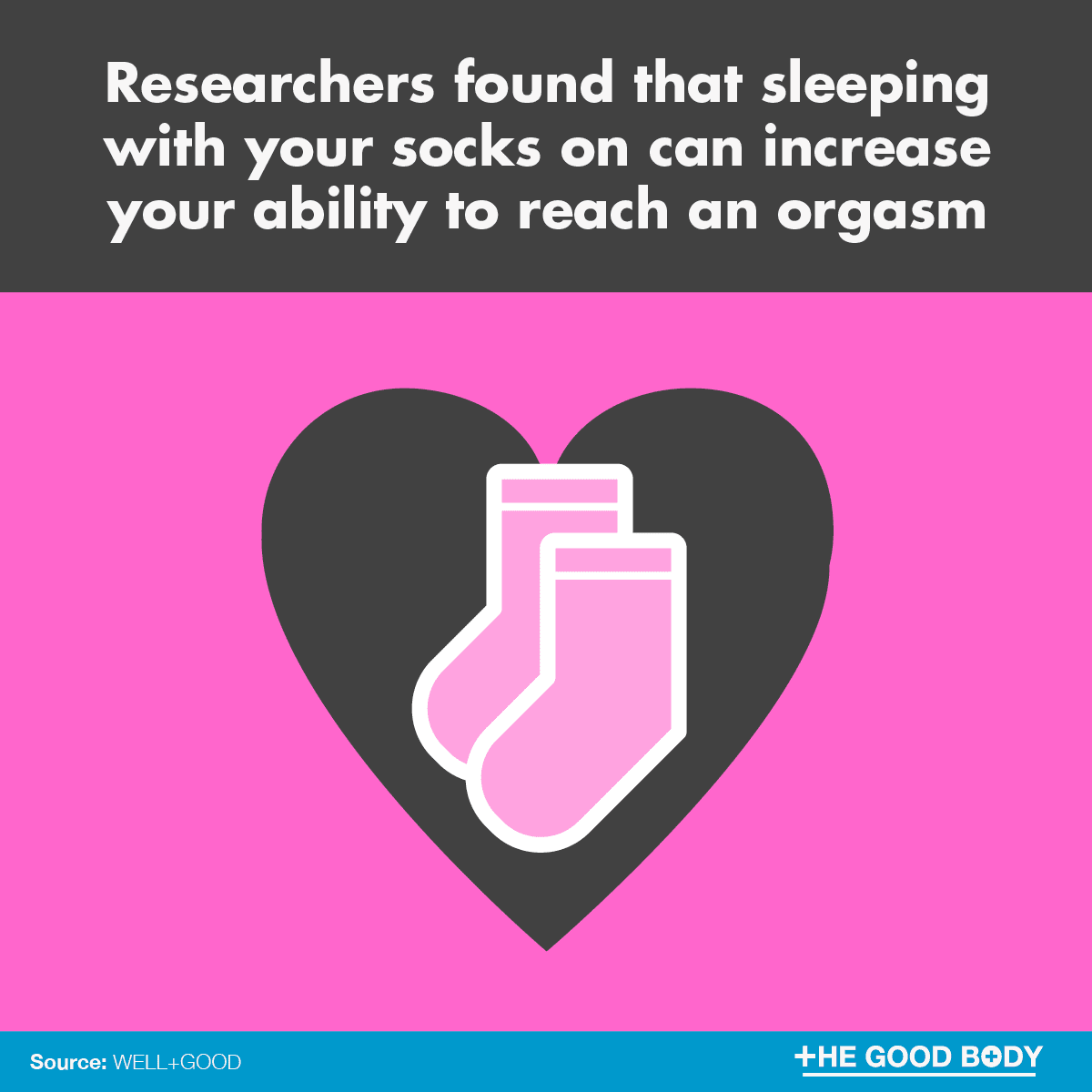
4. Dutch researchers found that sleeping with your socks on can increase your ability to reach an orgasm.
Research shows that those raised with a black and white television are more likely to dream in black and white.[2]
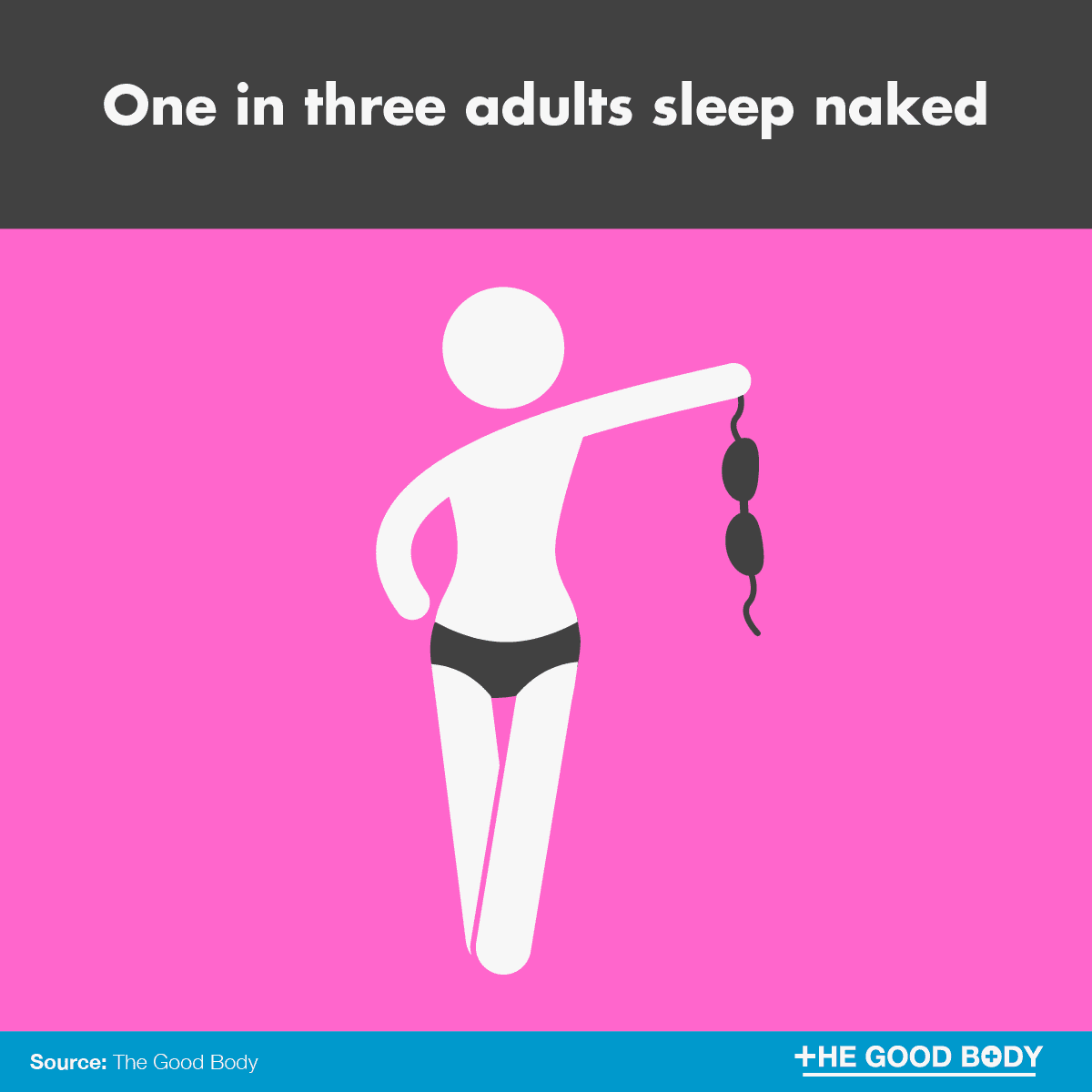
5. One in three adults sleep naked.
Sleeping naked is actually great for your health.
It can prevent diseases, reduce stress and even boost your self-esteem.
It’s one of many fun health facts that highlight how little lifestyle changes can all add up to huge wellbeing benefits.
FUN FACT:
“Fancy a career as a ‘knocker-up’?”
Before alarm clocks were invented, factories employed people to knock on the bedroom windows of their workers with a long stick, to ensure they arrived at work on time.[3]
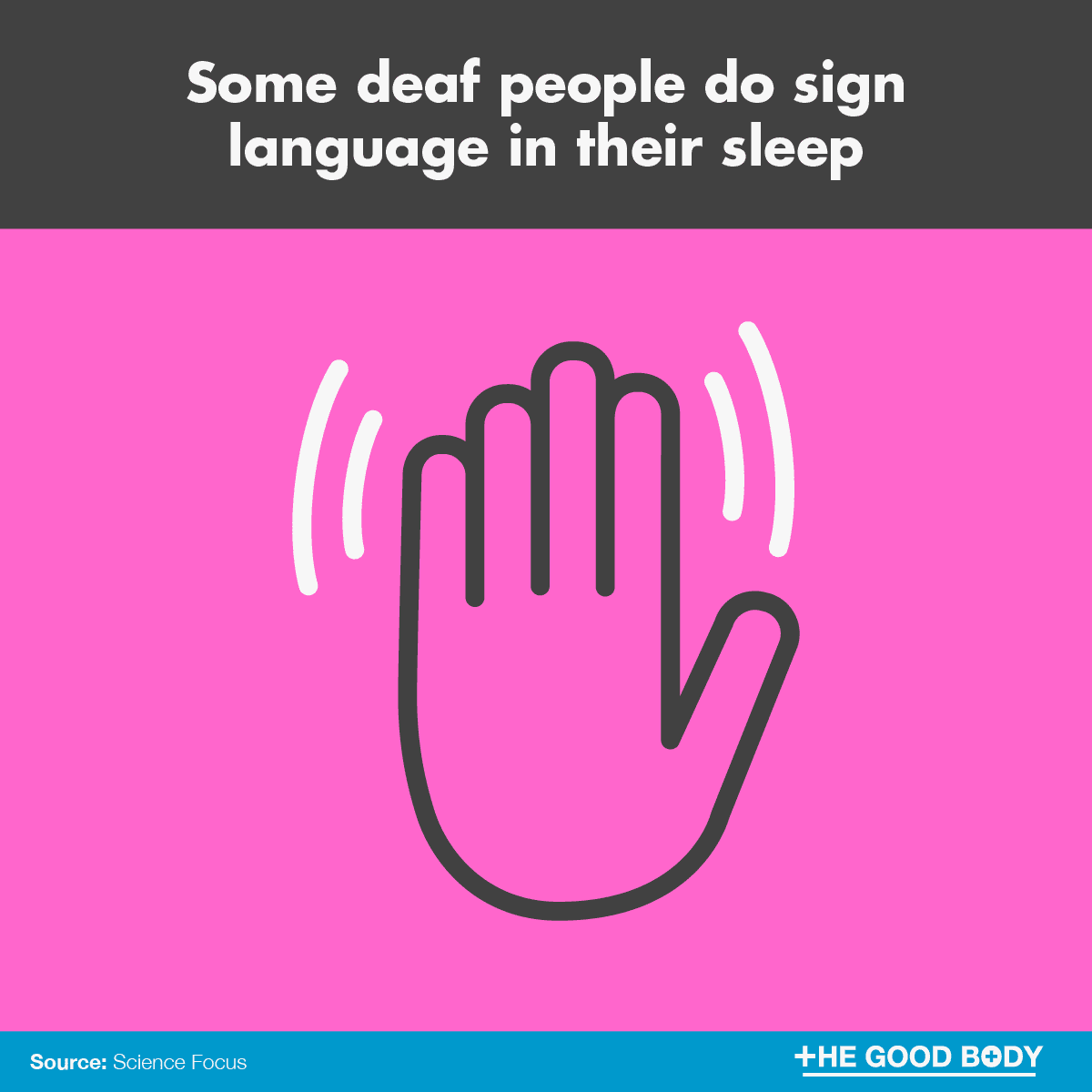
6. Some deaf people do sign language in their sleep.
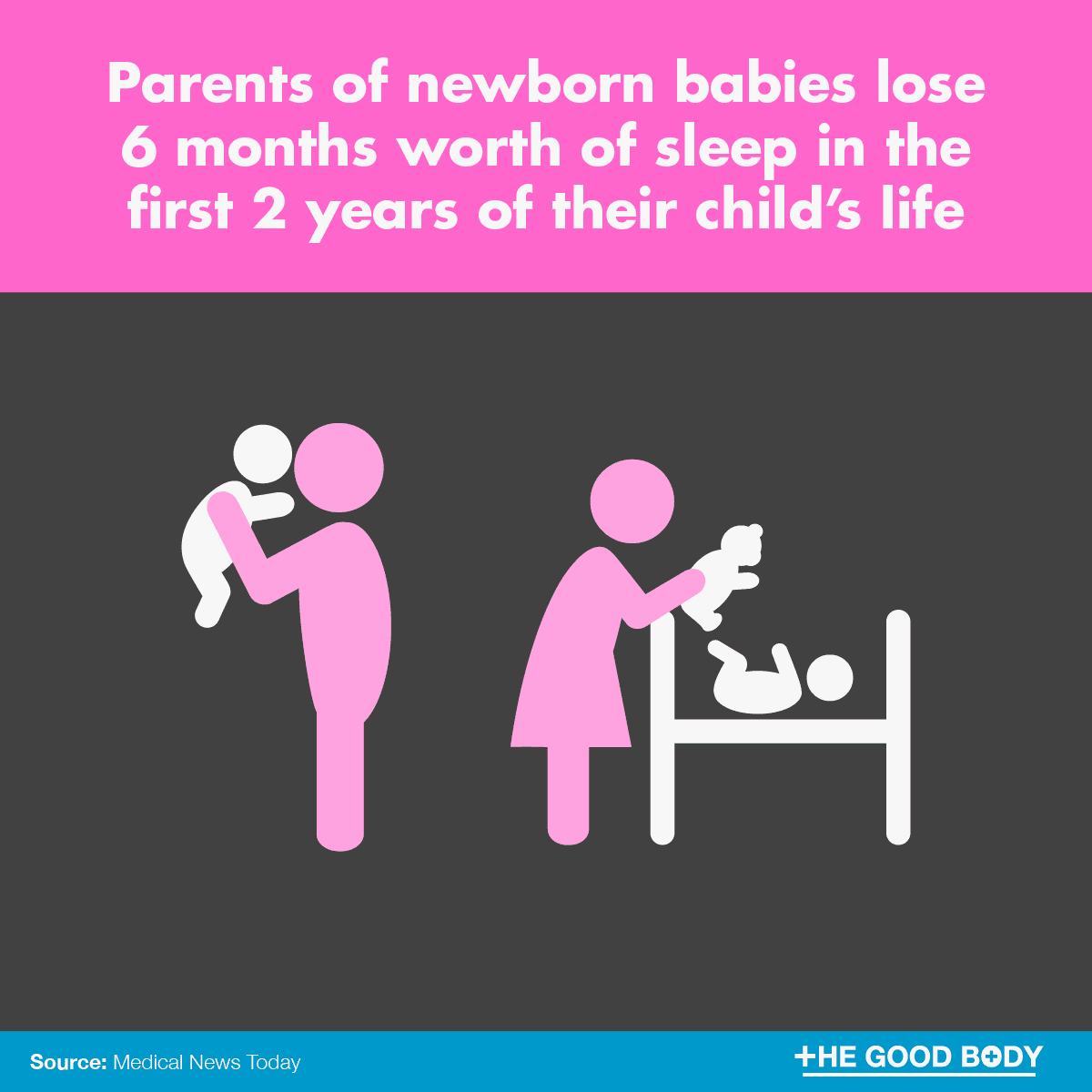
7. Parents of newborn babies lose 6 months worth of sleep in the first 2 years of their child’s life.
If you’re expecting a baby, this is just one of many scary sleep facts you need to know in preparation!
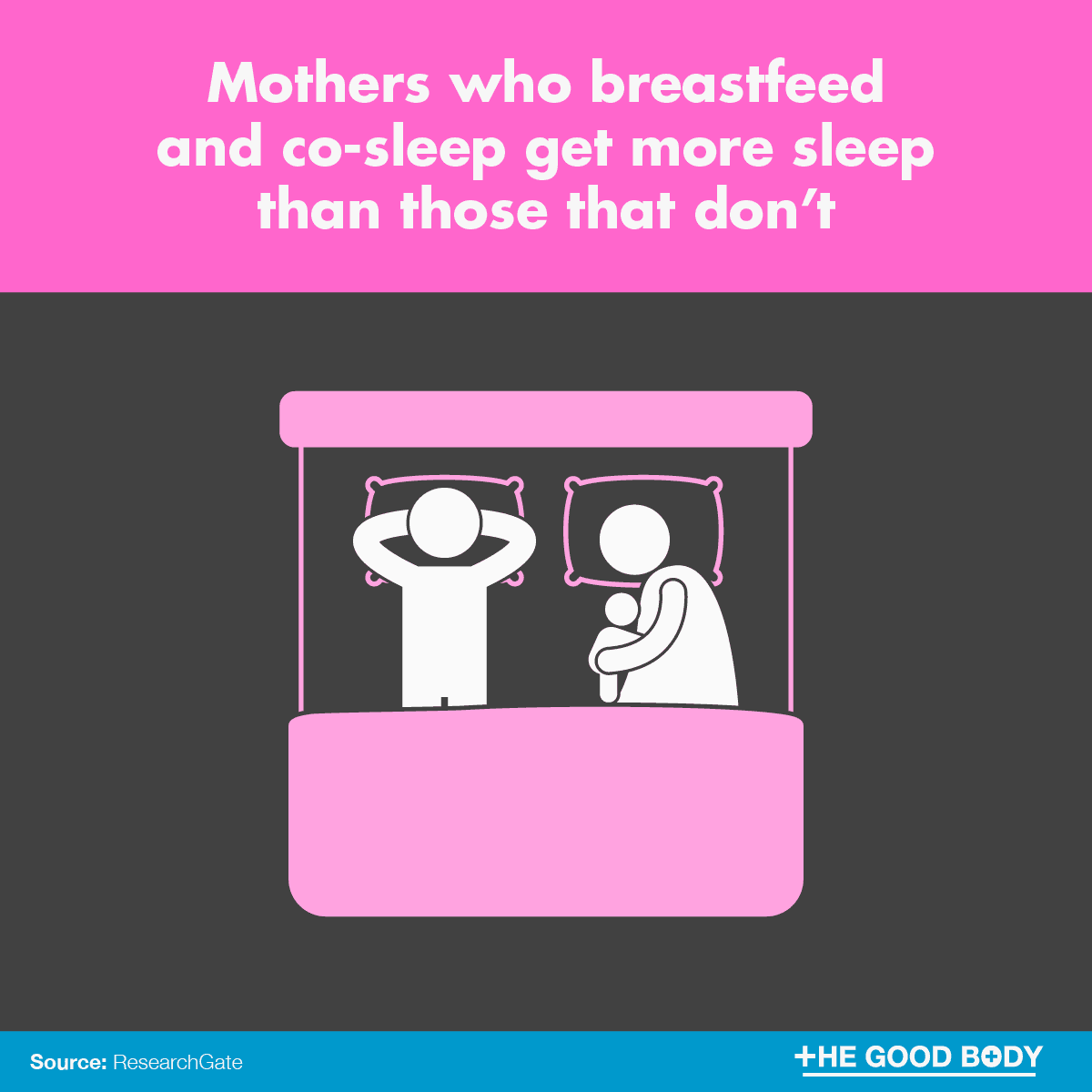
8. Mothers who breastfeed and co-sleep get more sleep in a 24 hour period than those that don’t.
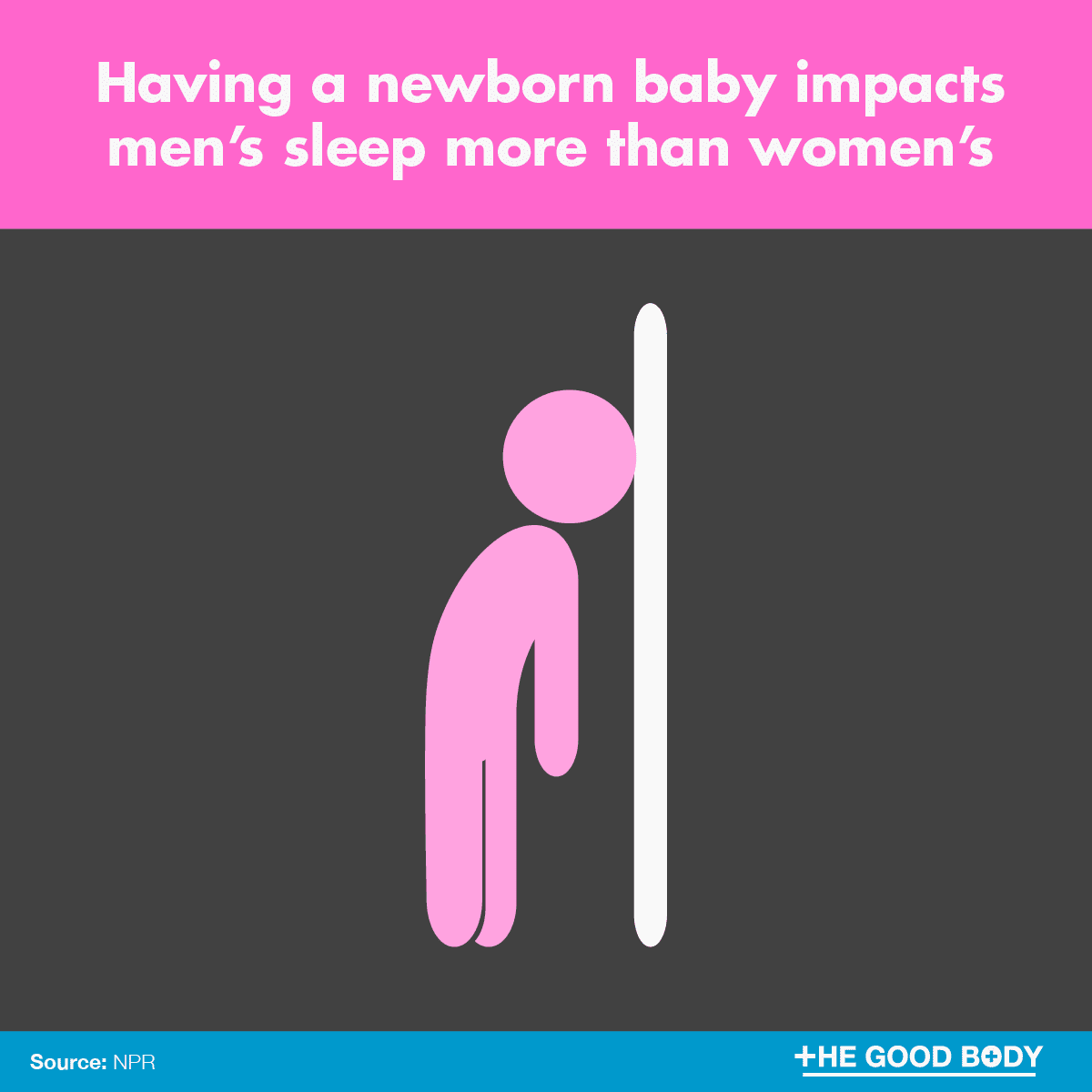
9. Research shows that having a newborn baby impacts men’s sleep more than women’s.
The study followed a number of couples in the first few months of their child’s life to see how the parents’ sleep was impacted.
As many previous studies only looked at the impact on mothers, this study also focused on fathers.
Participants wore wrist trackers to see how they slept throughout the night. Though women woke more frequently in the night, men overall had less sleep.
In 1849 David Atchison became President of the United States for just one day and he spent the majority of it fast asleep in bed.[4]
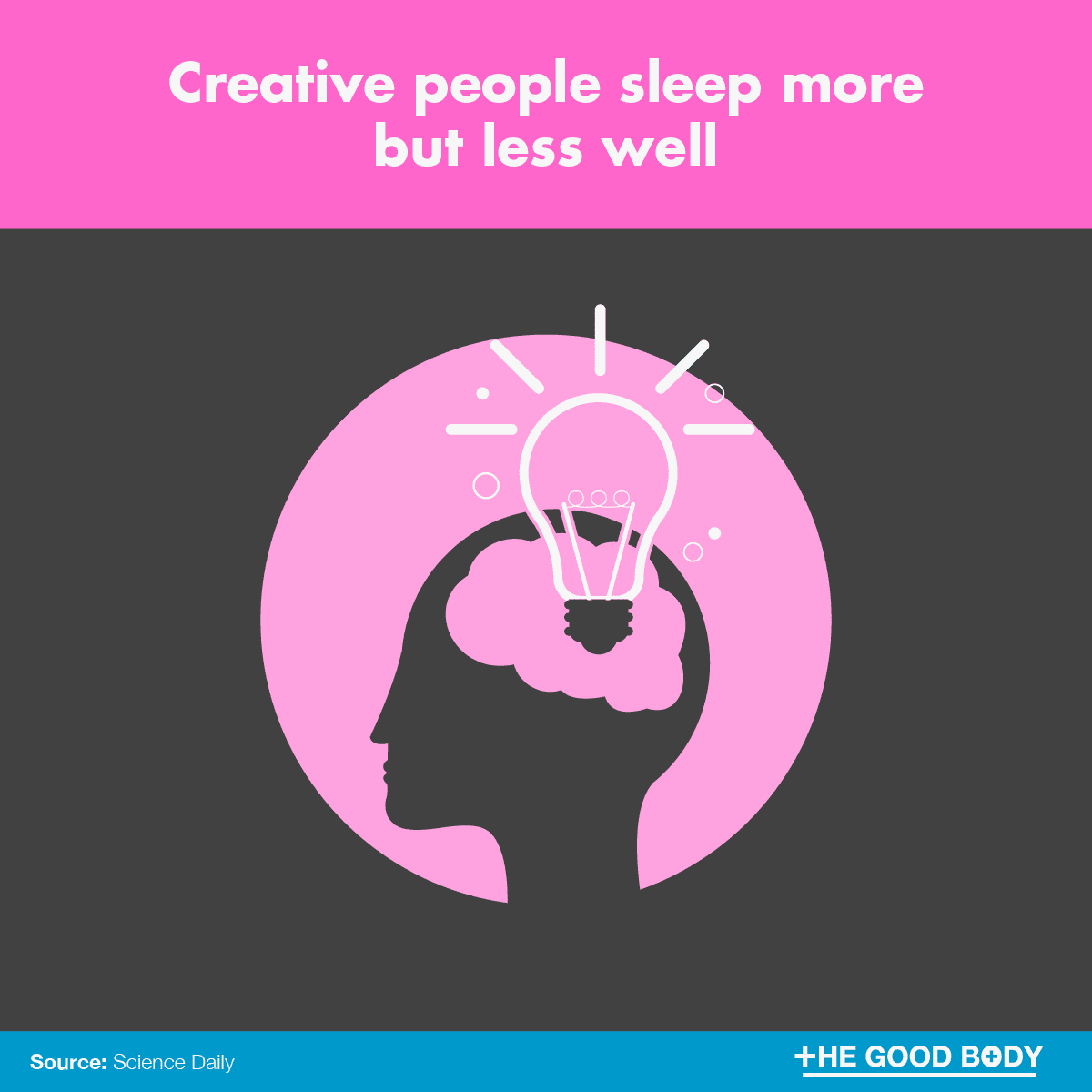
10. Are you a creative person? Research shows you’ll sleep more but not as well.
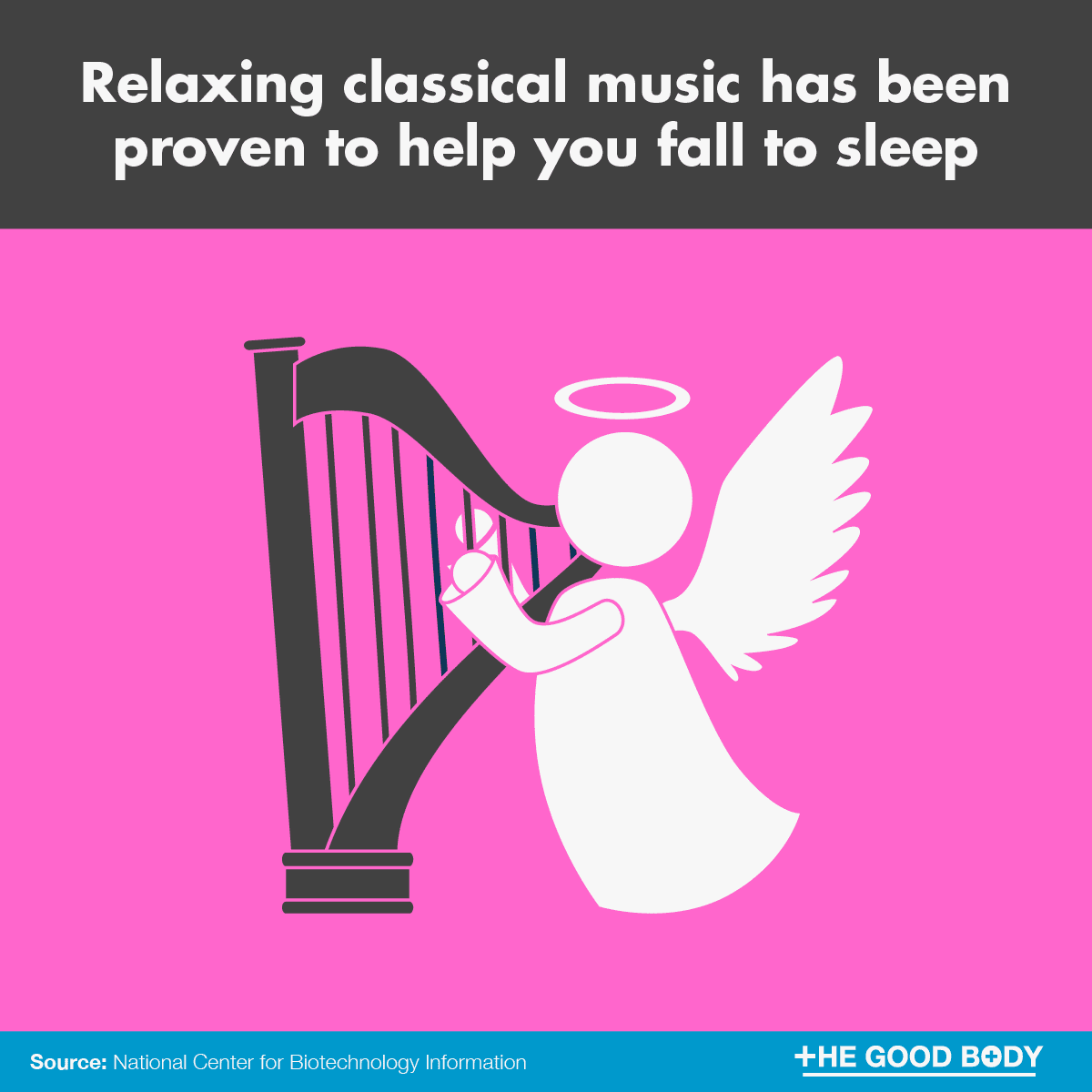
11. Relaxing classical music has been proven to help you fall to sleep.
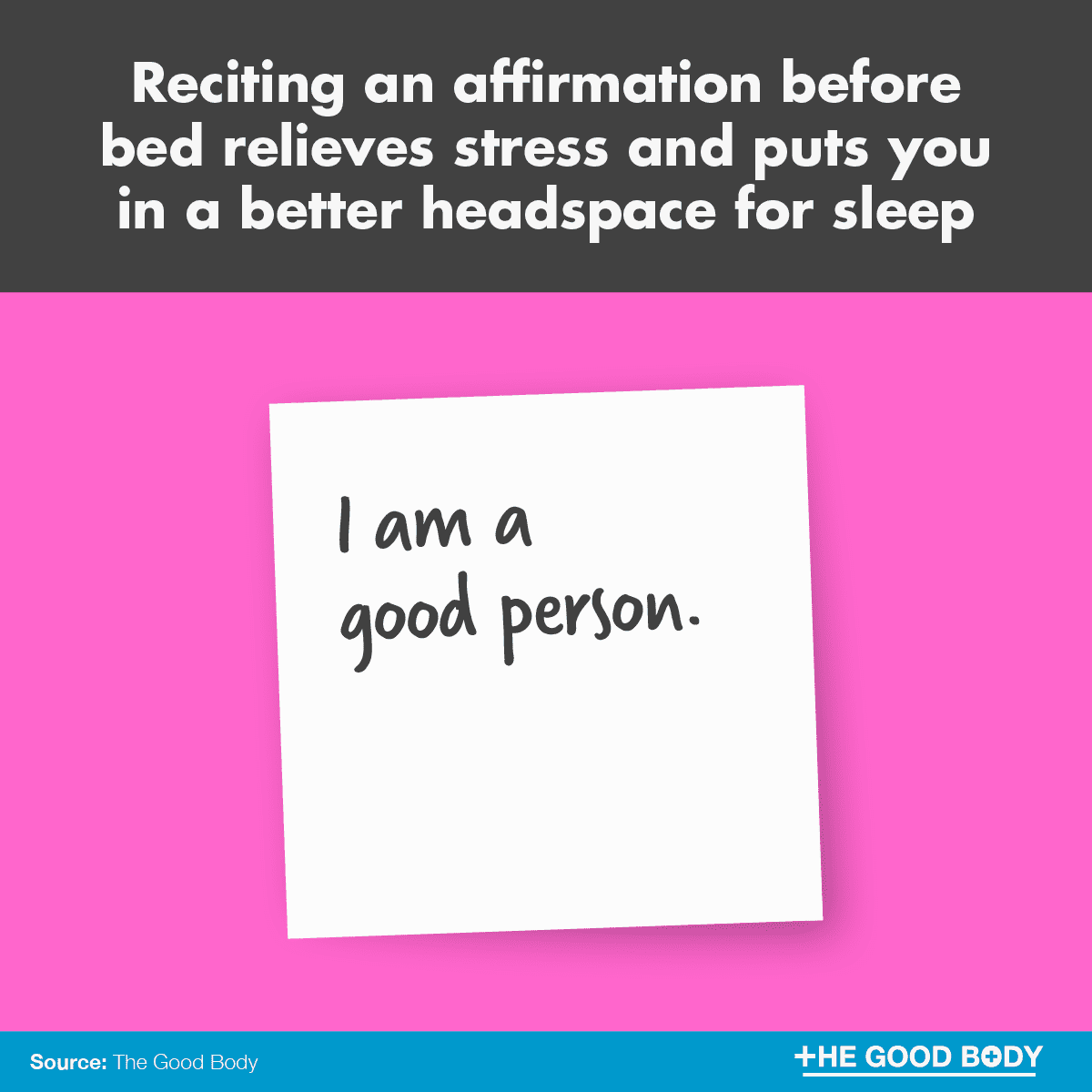
12. Reciting an affirmation before bed relieves stress and puts you in a better headspace for sleep.
You could announce “I choose to sleep well”, “Sleep comes easily to me”, or one of many other sleep affirmations.
It’s easy to start practicing, just recite the mantra before bed and your brain will do the rest!
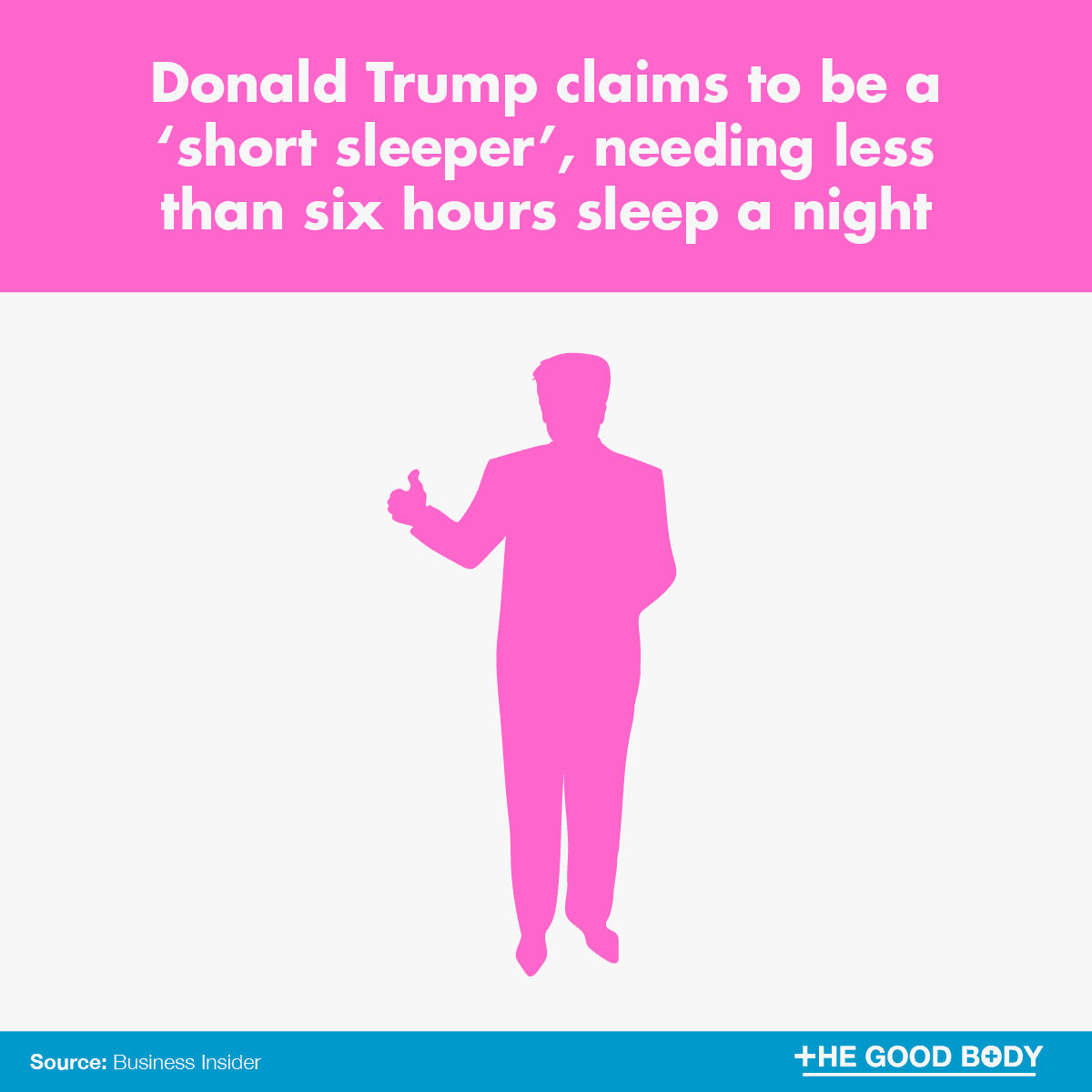
13. Donald Trump claims to be a ‘short sleeper’, needing less than six hours a night.
Up to 3% of the population are thought to also be ‘short sleepers’.
The wealthiest Egyptians slept with uncomfortable neck supports rather than pillows to save their elaborate hairstyles.[5]
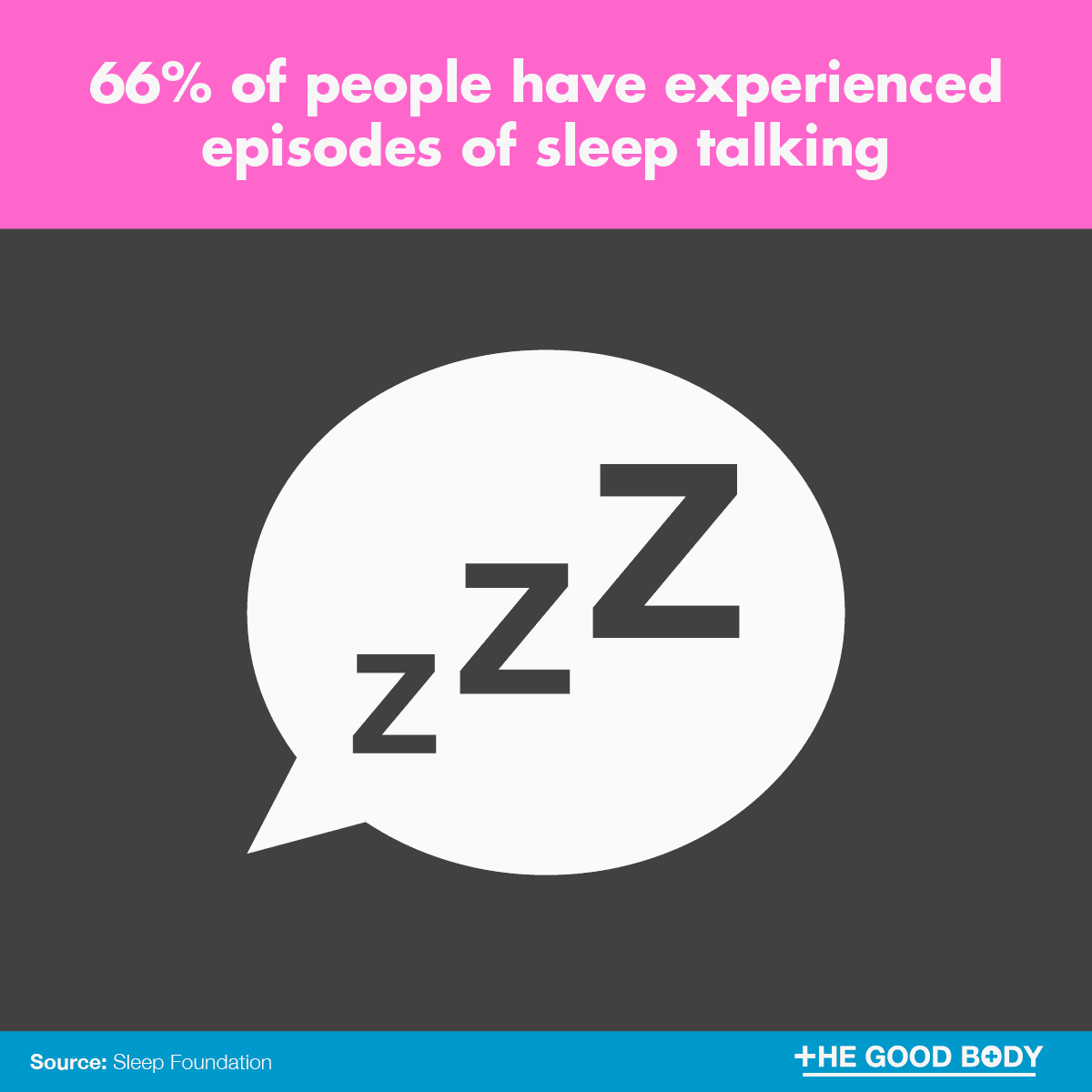
14. 66% of people have experienced episodes of sleep talking.
Despite this high number, it’s not thought to be something that occurs frequently, even with the chattiest sleepers!
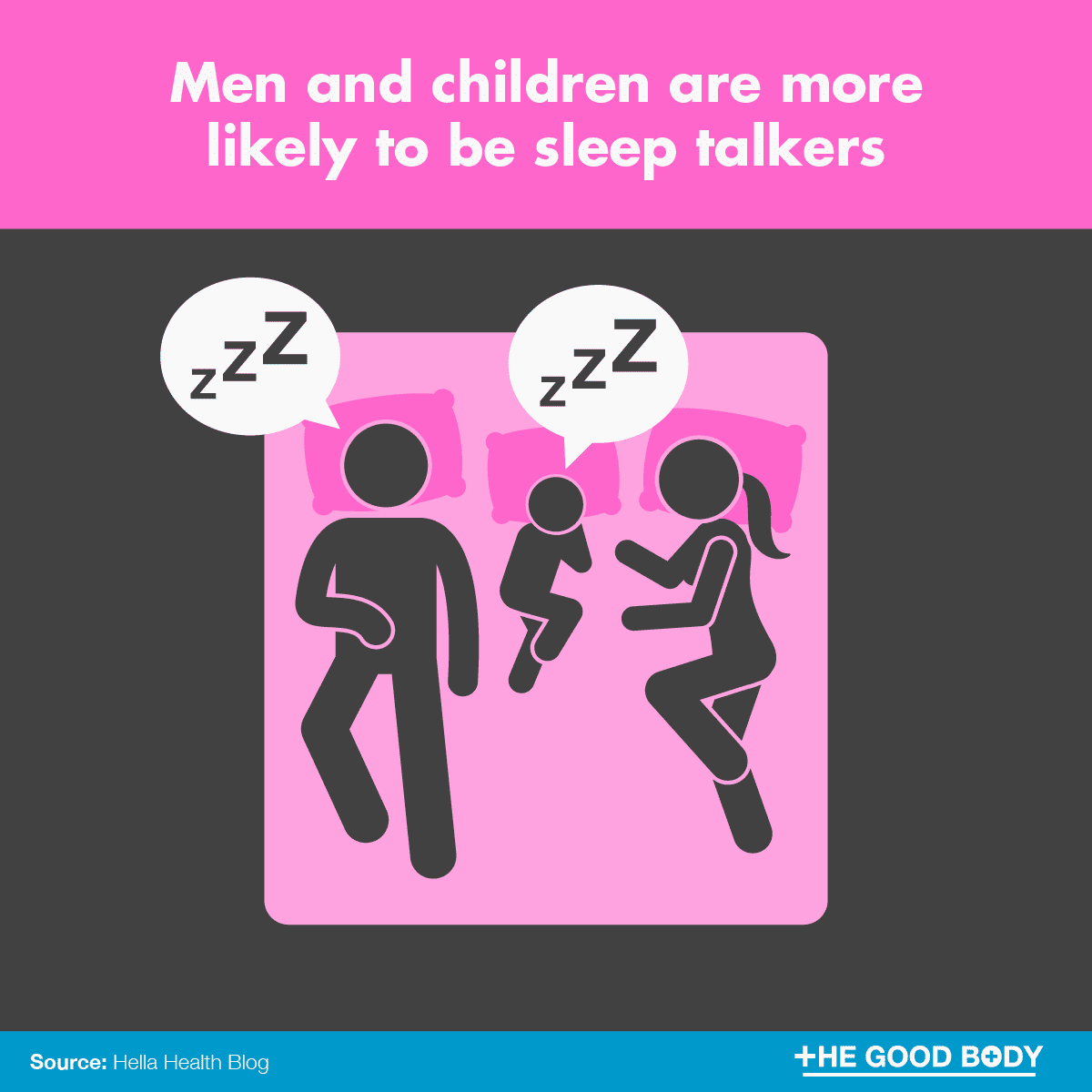
15. Men and children are more likely to be sleep talkers.
Mind-Blowing Sleep Facts
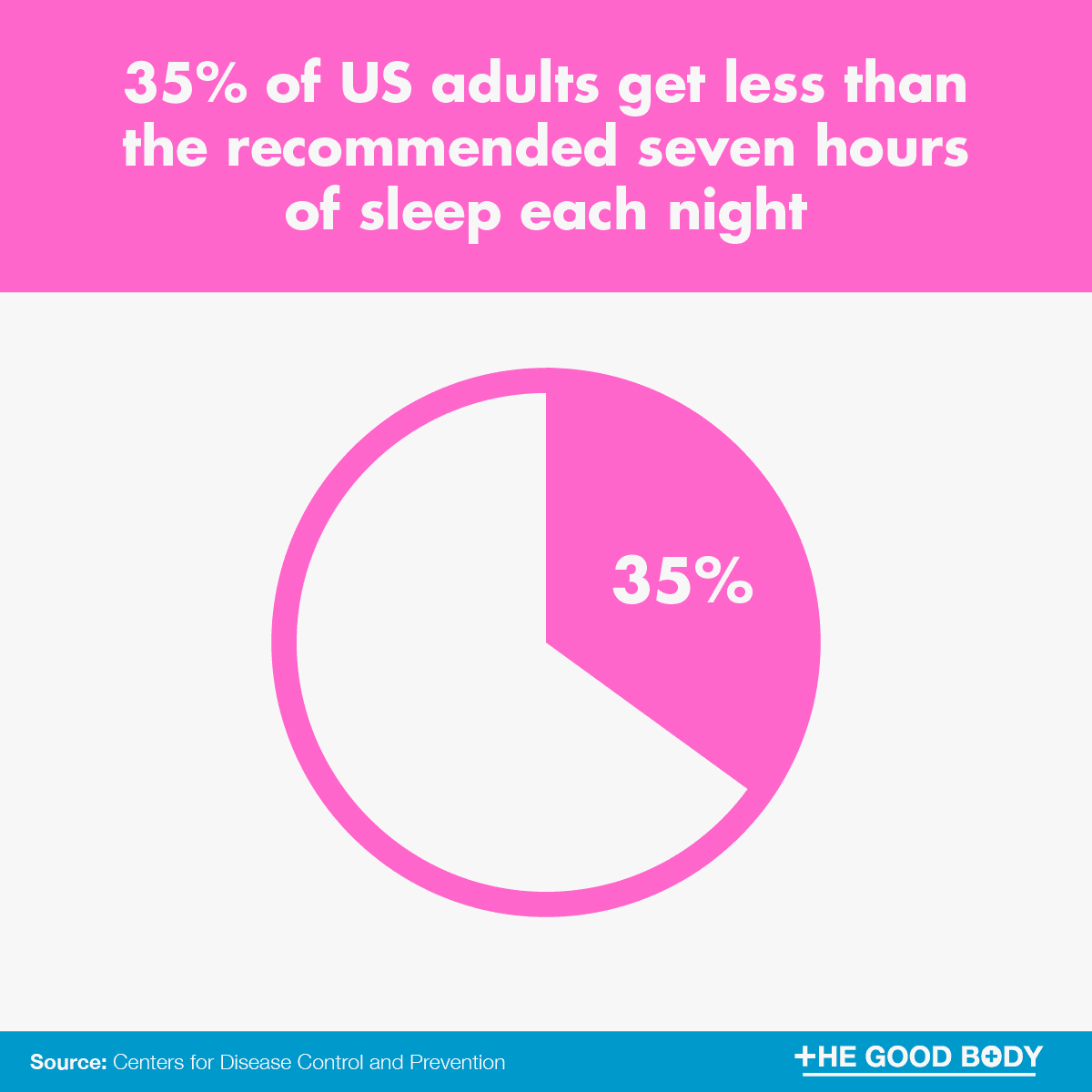
1. 35% of US adults get less than the recommended seven hours of sleep each night.
So many of us in the US are not getting enough rest, according to the latest sleep statistics.
This is in stark contrast to the people of the Netherlands, who get 8 hours 5 minutes per day on average, the best country for sleep in the developed world.[6]
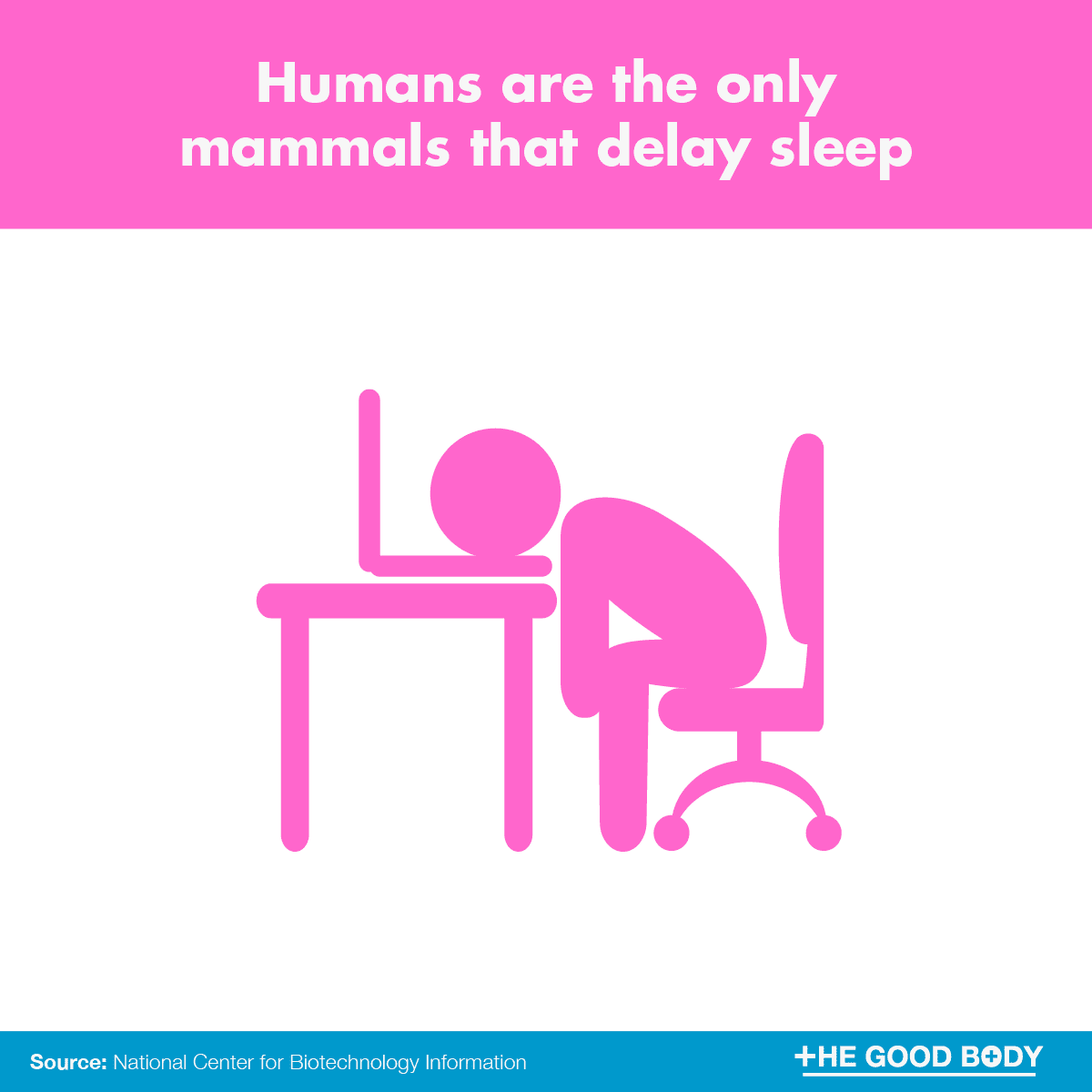
2. Humans are the only mammals that delay sleep.
The largest pajama party on record included over 2000 participants.[7]
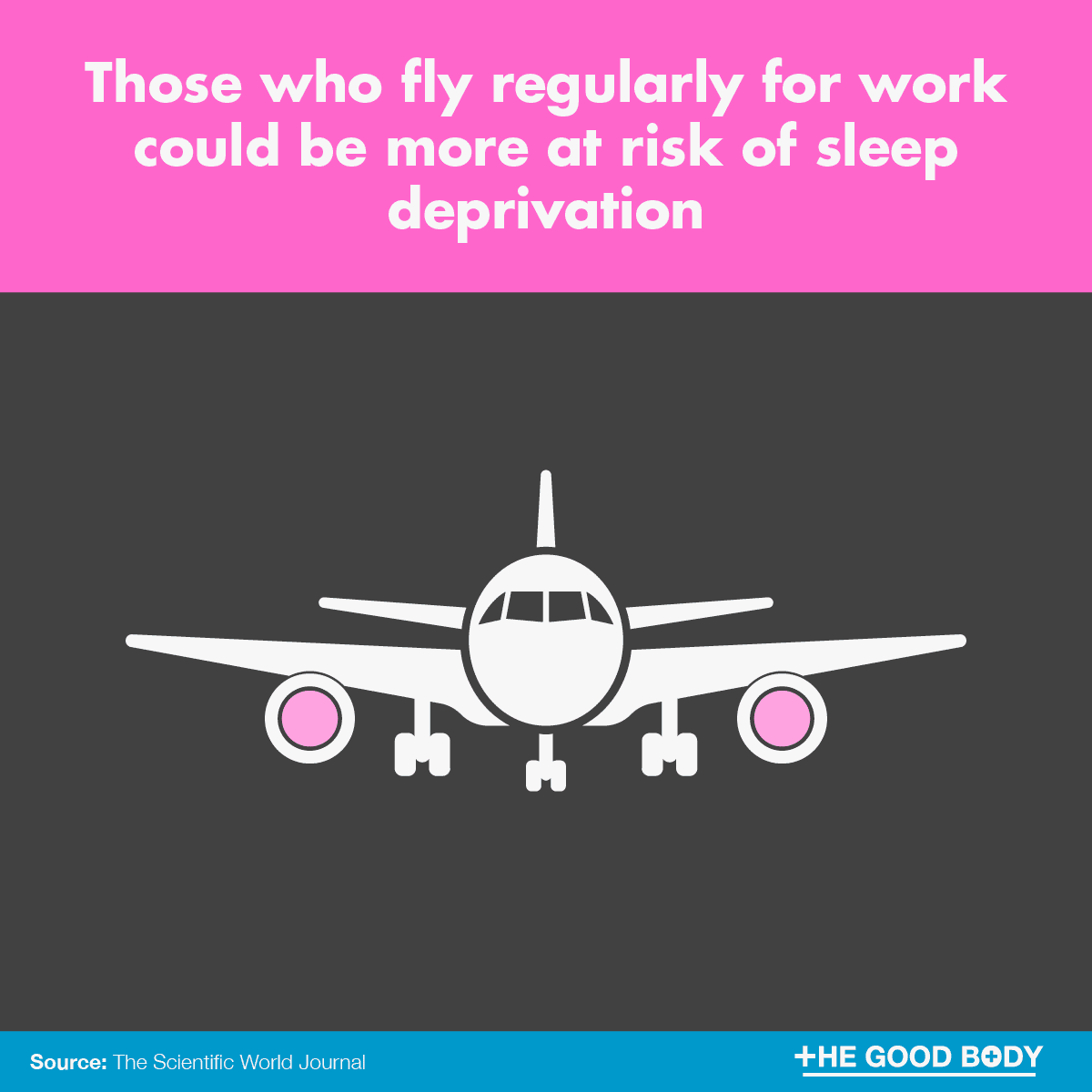
3. Those who fly regularly for work could be more at risk of sleep deprivation. Flying at high altitudes leads to disturbed sleep due to the lack of oxygen.
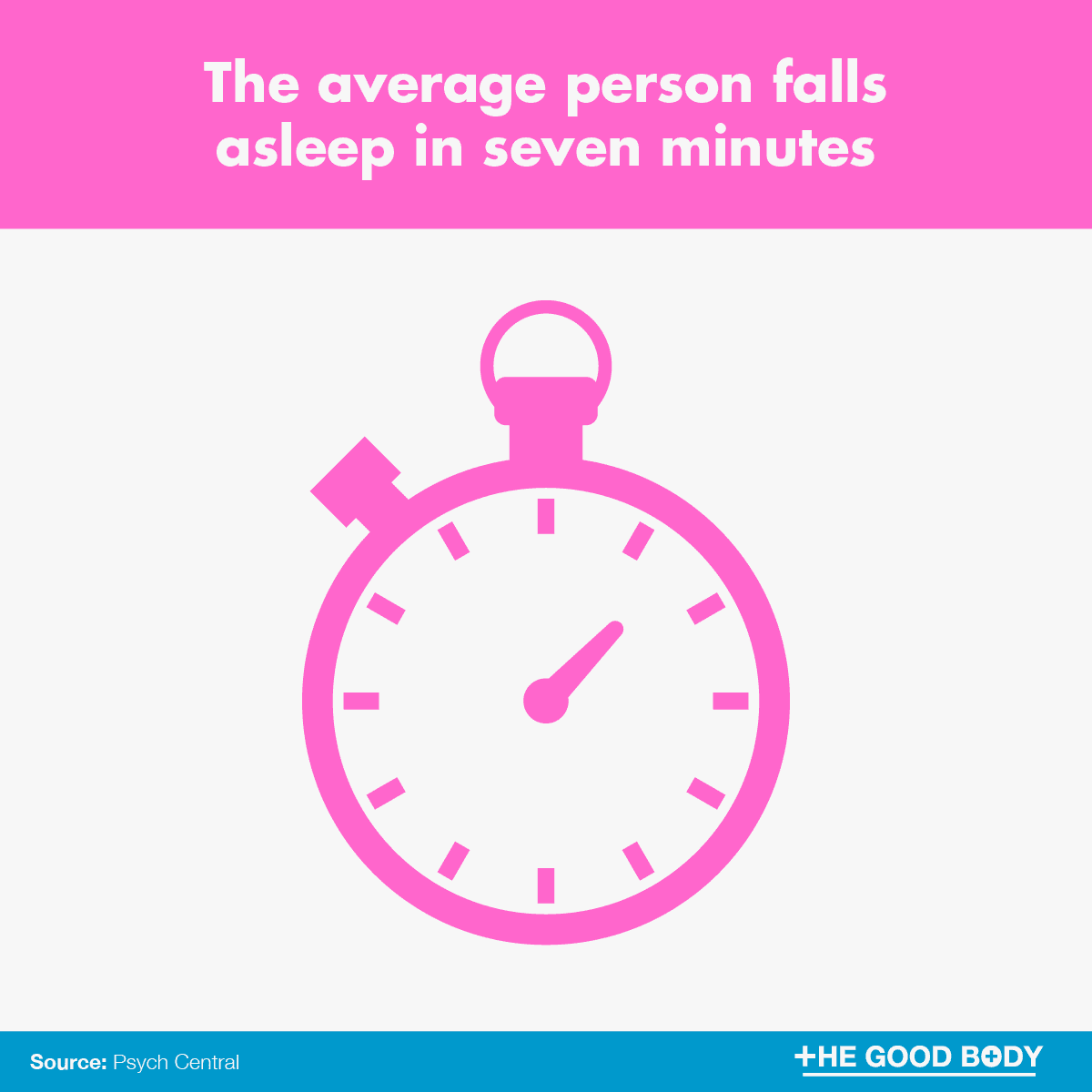
4. The average person falls asleep in seven minutes.
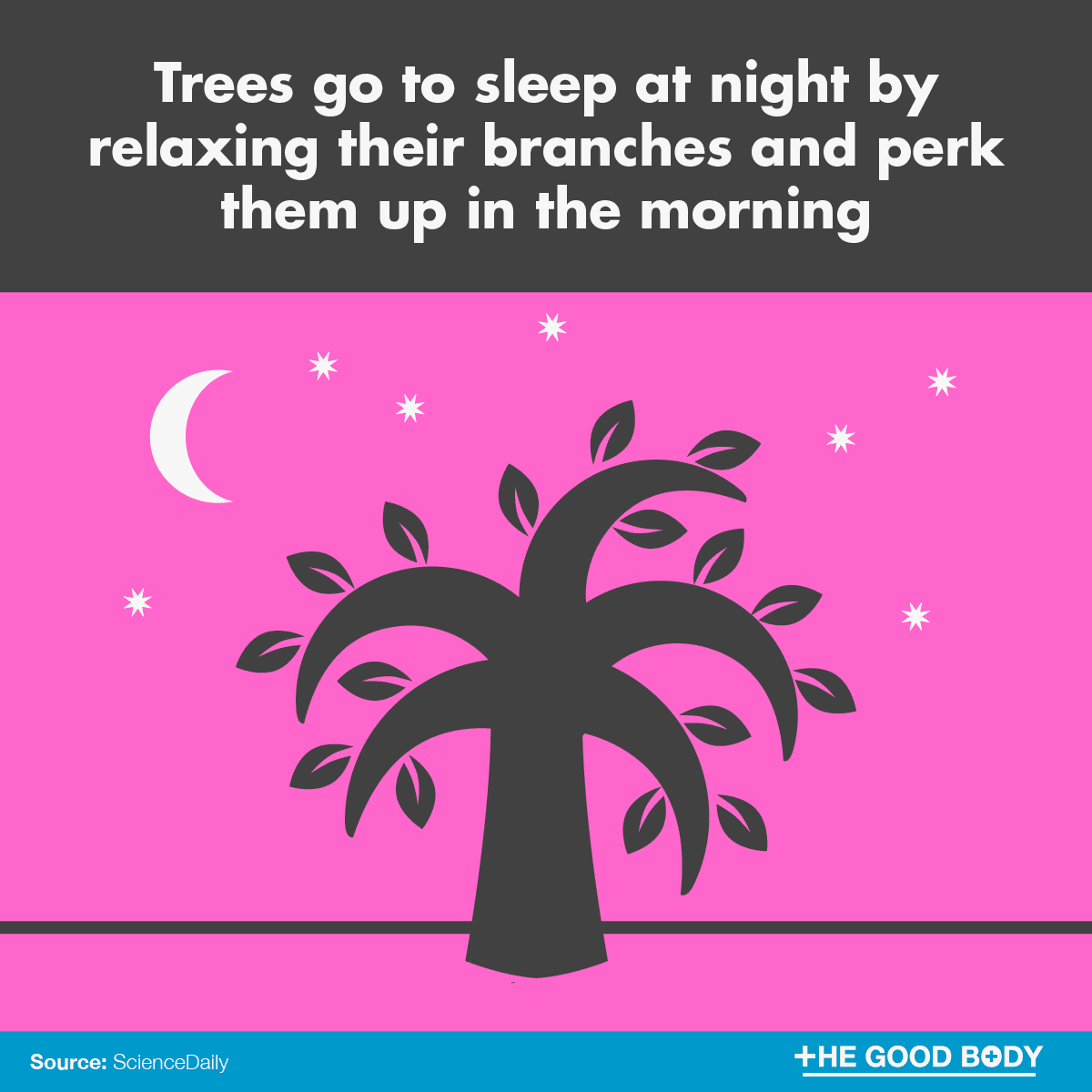
5. Trees go to sleep at night by relaxing their branches and then perk them up in the morning.
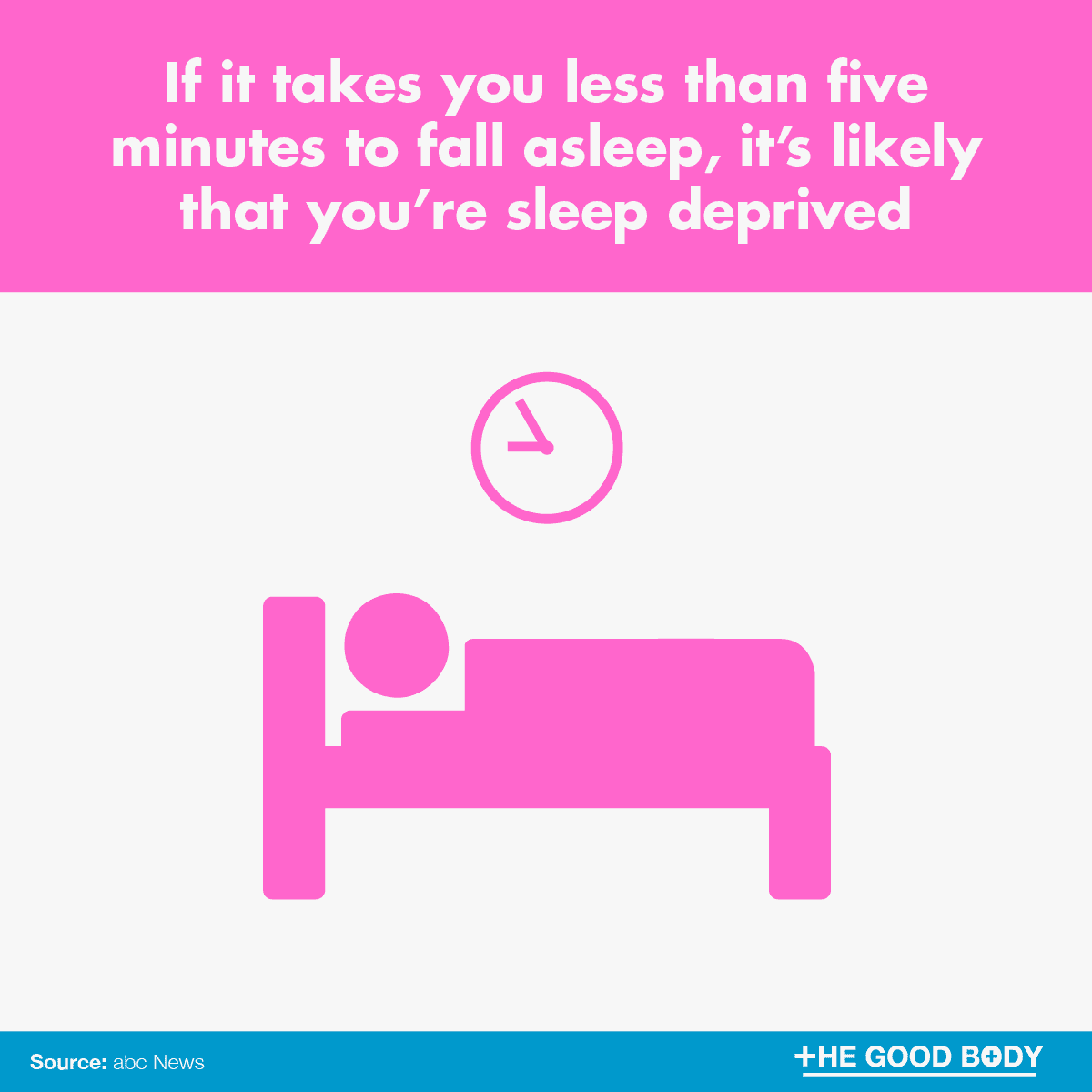
6. If it takes you less than five minutes to fall asleep, it’s likely that you’re sleep deprived.
Others take much longer to fall asleep, in fact thousands of Americans suffer from a condition known as somniphobia, which is a fear of falling asleep.[8]
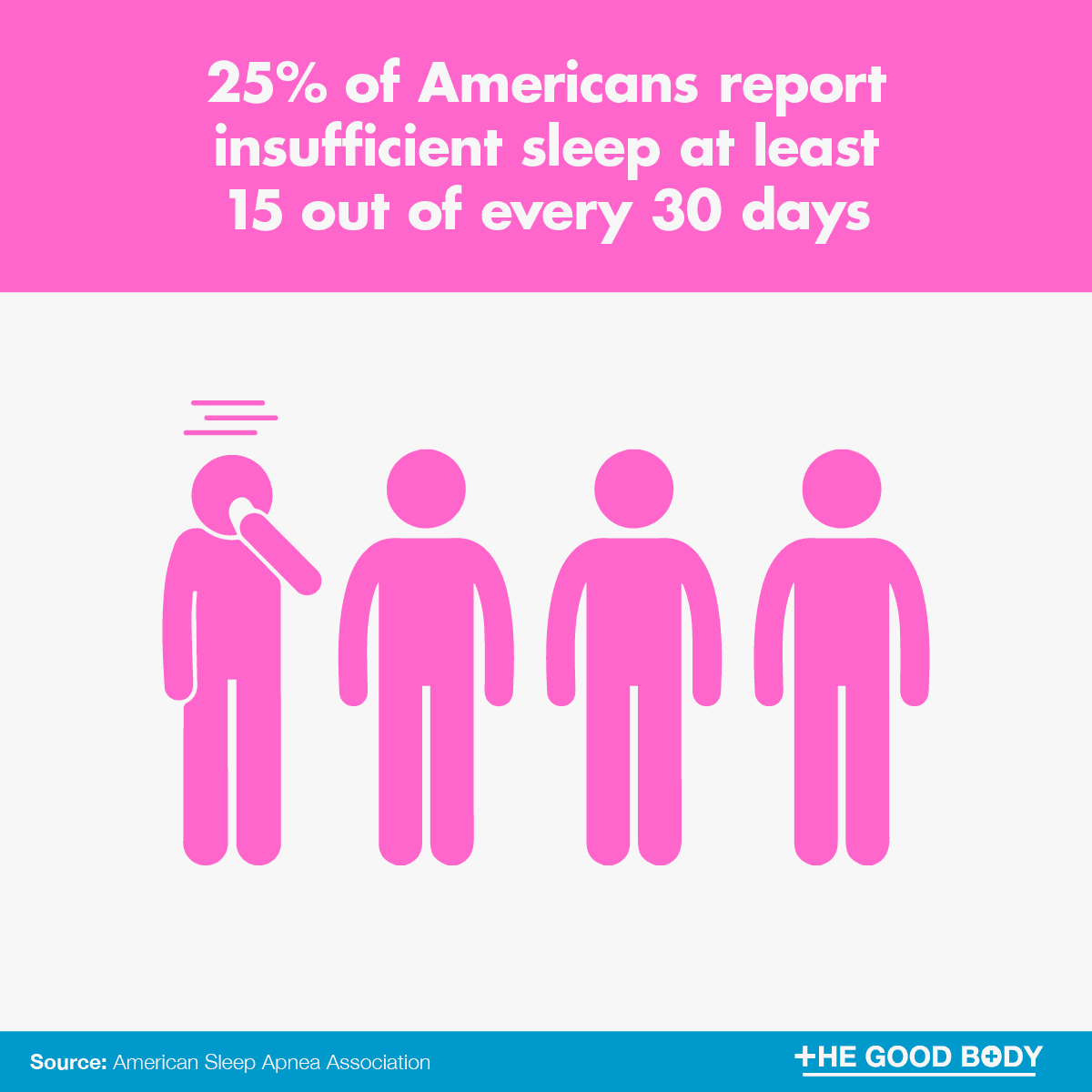
7. 25% of Americans report insufficient sleep at least 15 out of every 30 days.
There are so many reasons to get enough rest each night, our facts about the importance of sleep highlight exactly why!
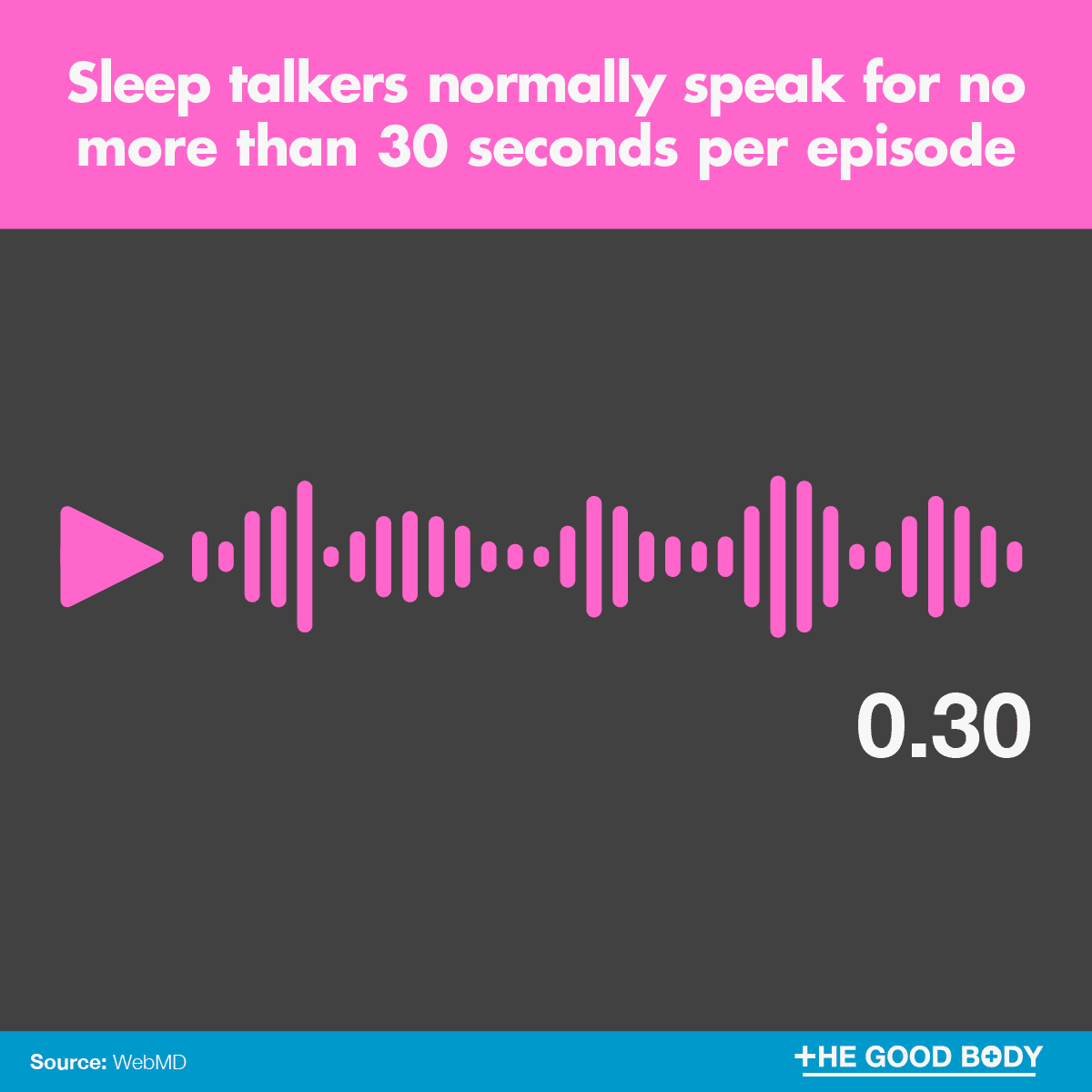
8. Sleep talkers normally speak for no more than 30 seconds per episode.
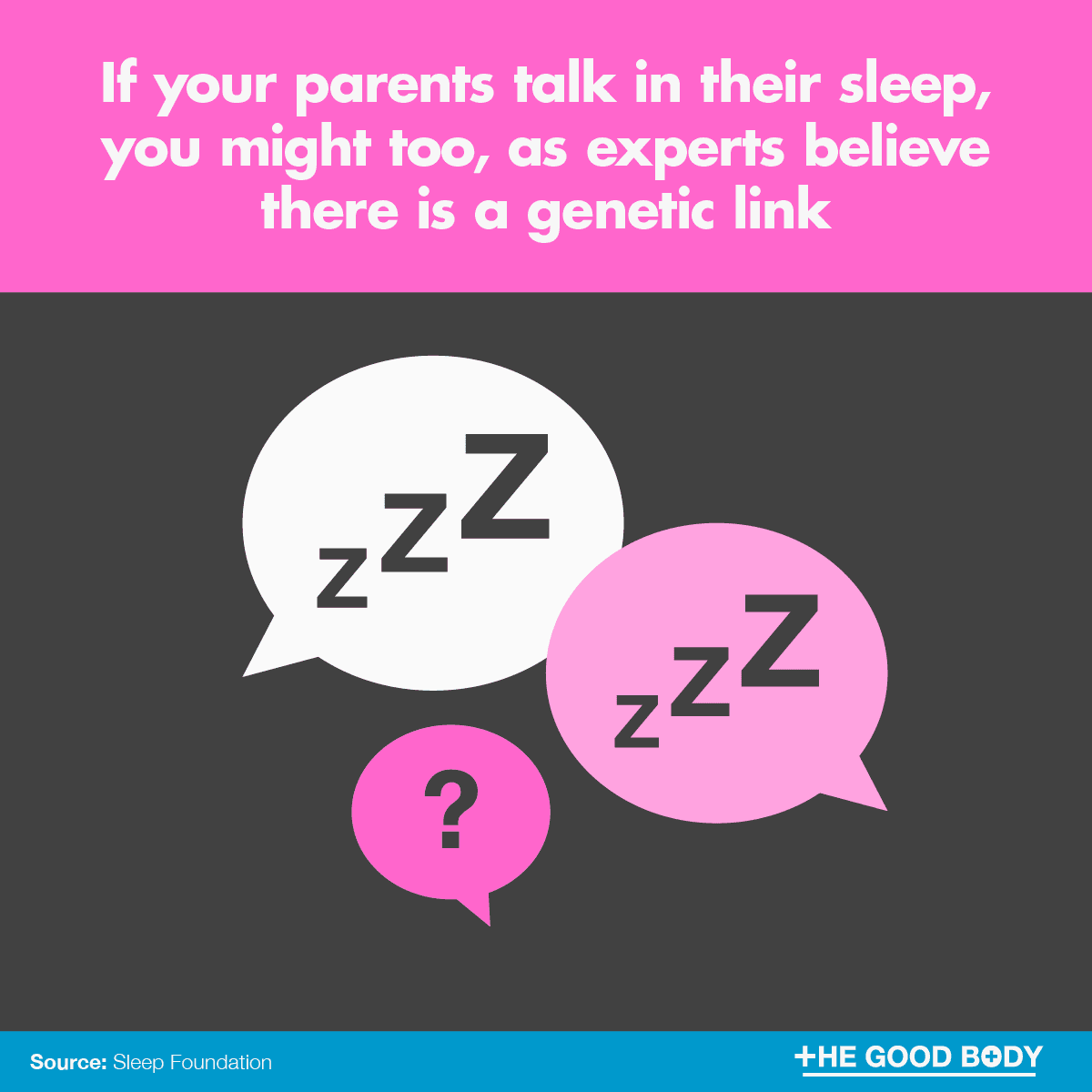
9. If your parents talk in their sleep, you might too, as experts believe there is a genetic link.
The letter Z is used to symbolize sleep as comic artists needed a way to depict that a character was sleeping in a sketch. ‘Zzzzz’ was meant to indicate the sound made when asleep.[9]
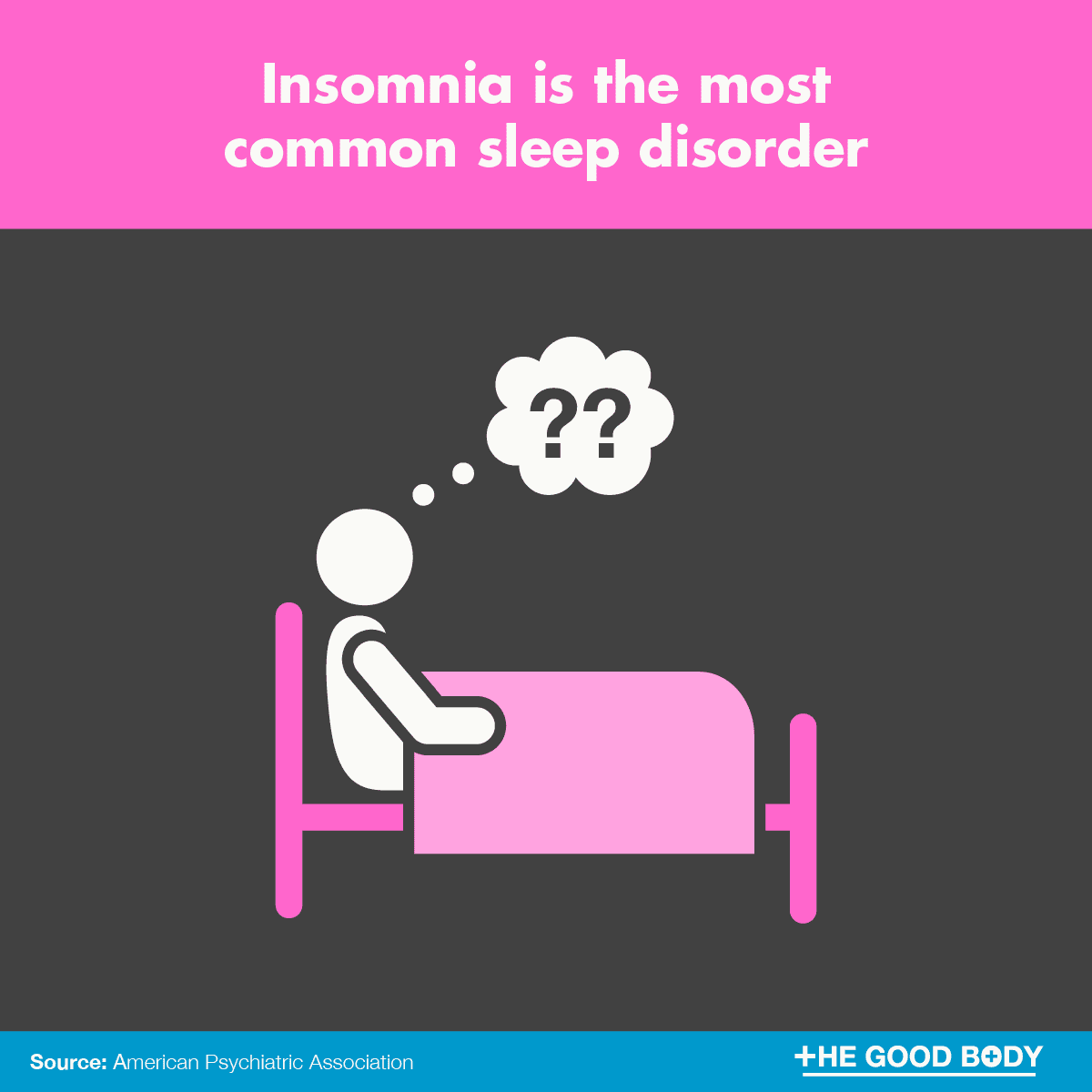
10. Insomnia is the most common sleep disorder.
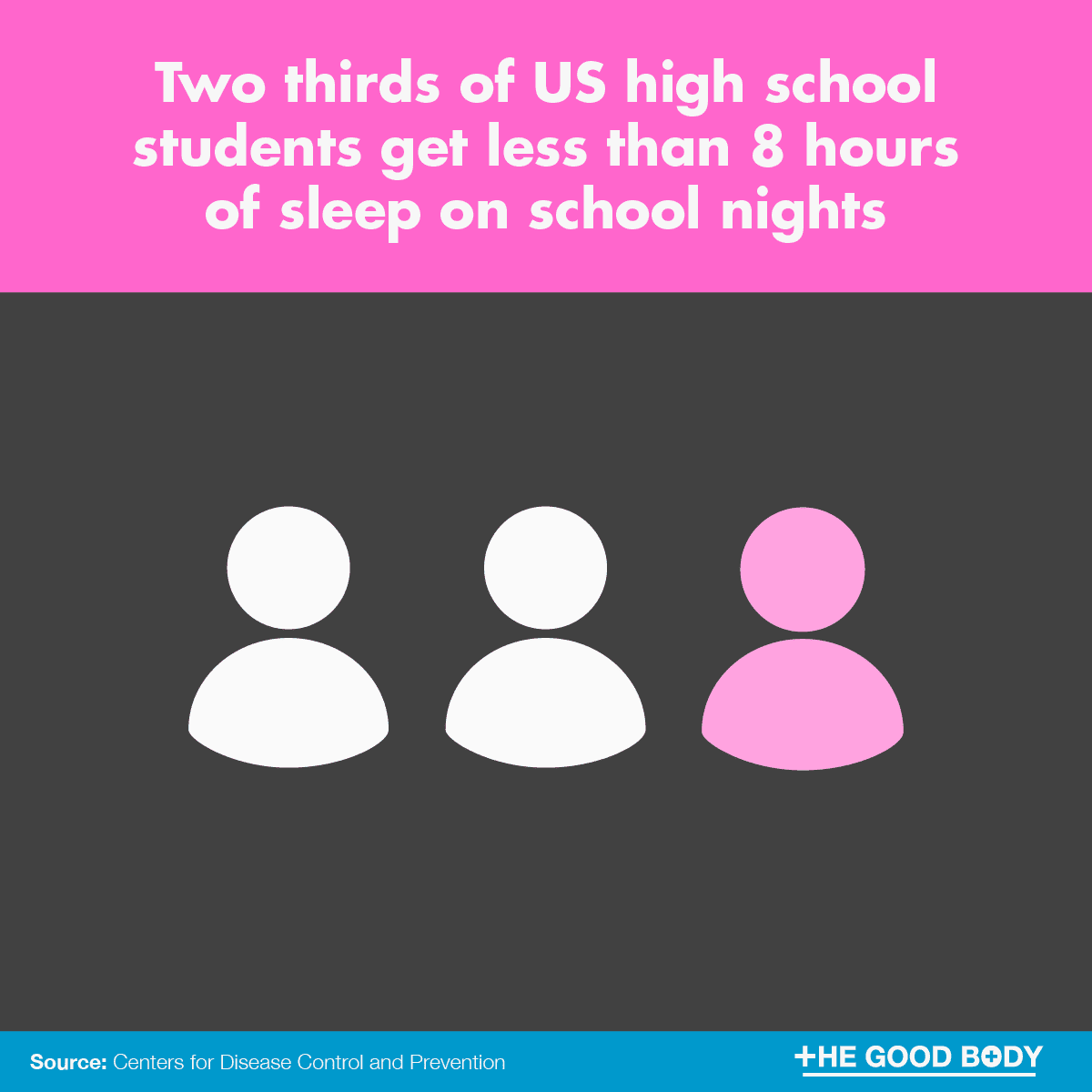
11. Two-thirds of US high school students get less than 8 hours of sleep on school nights.
Young people of high school age need 9 to 10 hours of sleep a night, this is due to the brain power they need for learning and also to fuel their changing bodies.[10]
During the teenage years the sleep-wake cycle changes, so the melatonin release that induces sleep happens later in the evening, creating a highly energetic teen in the evening and a less-than-enthusiastic person in the morning.[11]
Those who go blind later in life can still see visually in their dreams.[12]
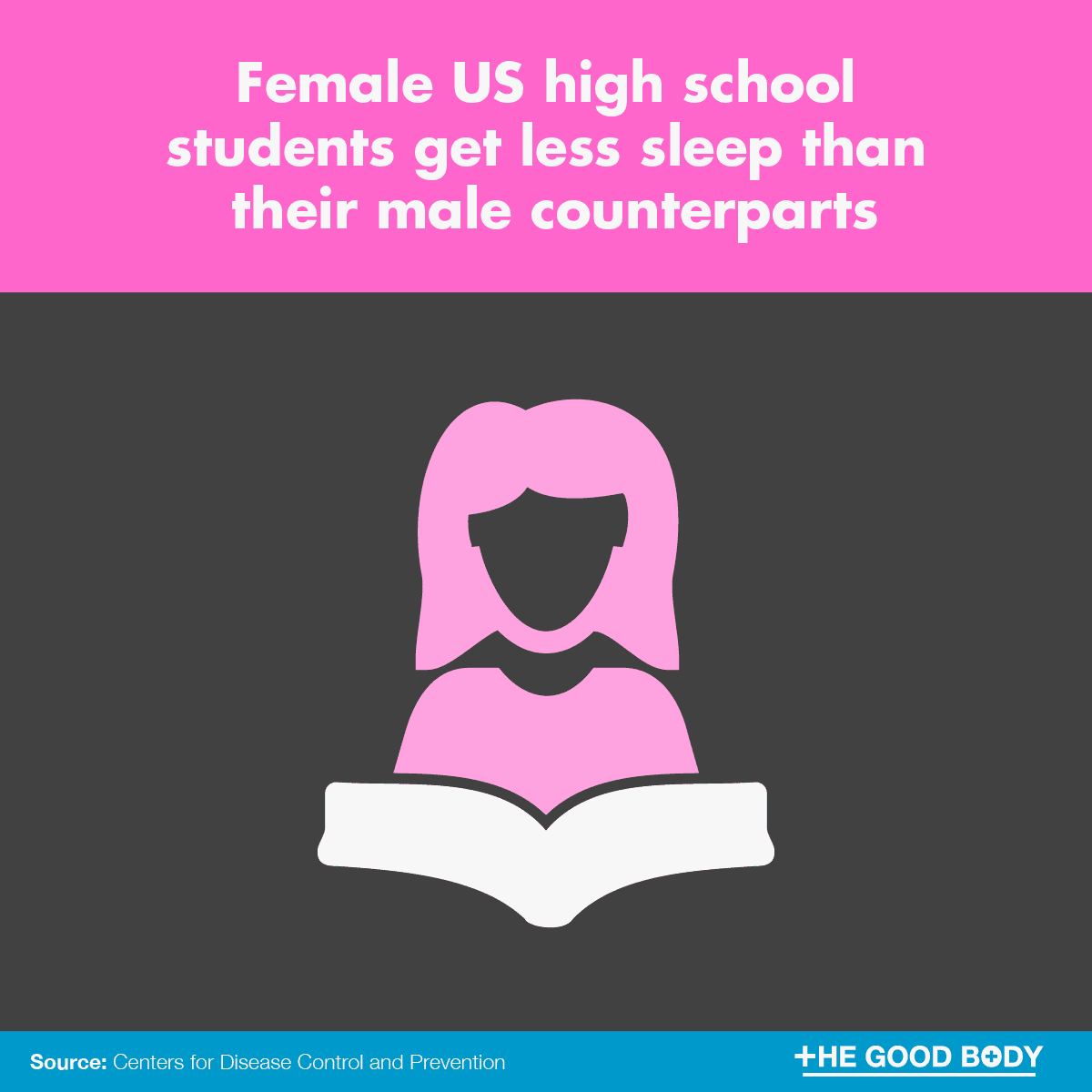
12. Female US high school students get less sleep than their male counterparts.
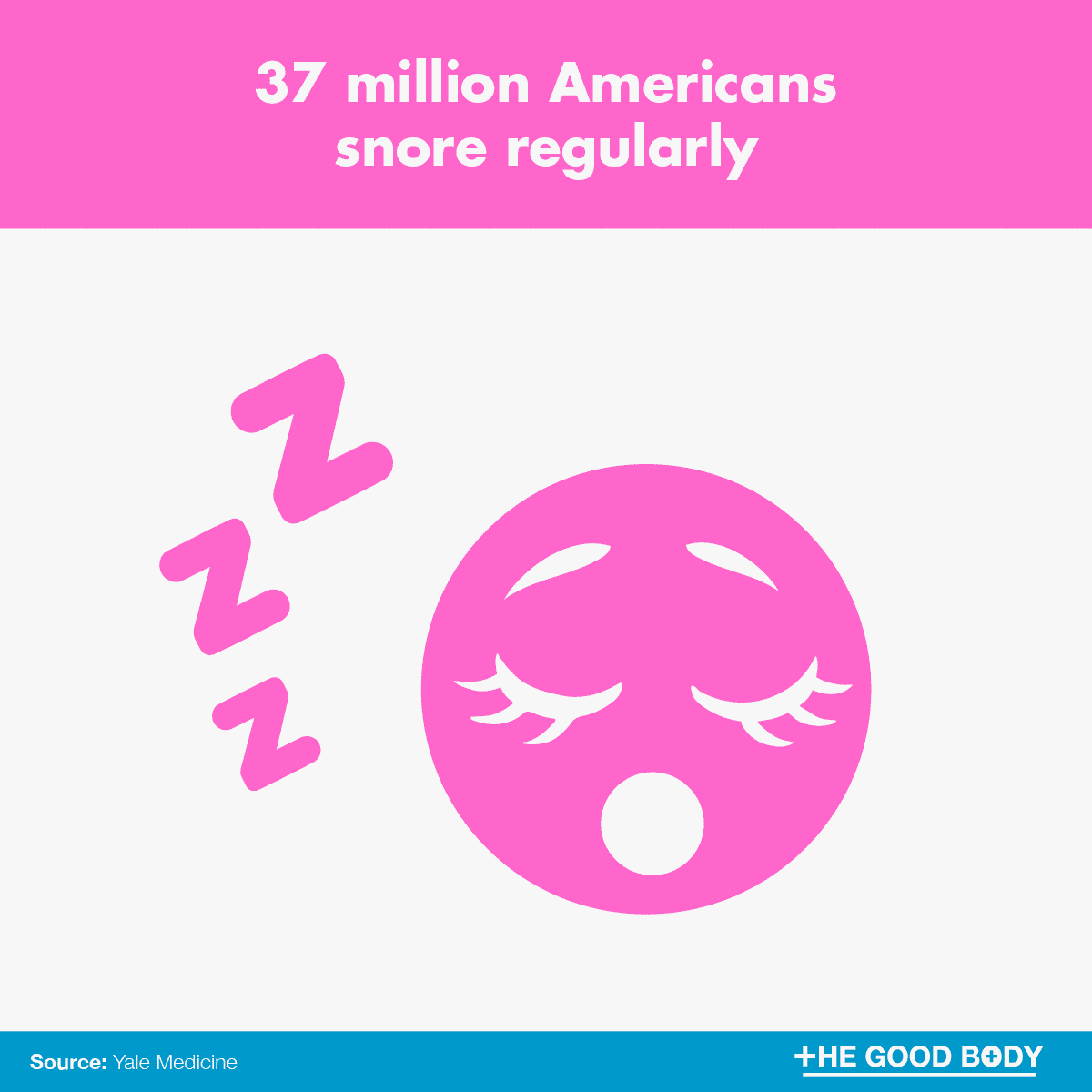
13. 37 million Americans snore regularly.
Sleep Stages Facts
During the night we go through five different sleep stages.
The first four stages are non-rapid eye movement (NREM) sleep, when your body starts to relax and prepare to rest.
Stages 3 and 4 of NREM are thought to be the deepest stages of sleep when your body begins to restore itself.
The 5th stage of sleep is rapid eye-movement (REM) sleep, when the brain is active and you most commonly dream.
REM sleep is thought to occur every 90 minutes during your slumber.[13]
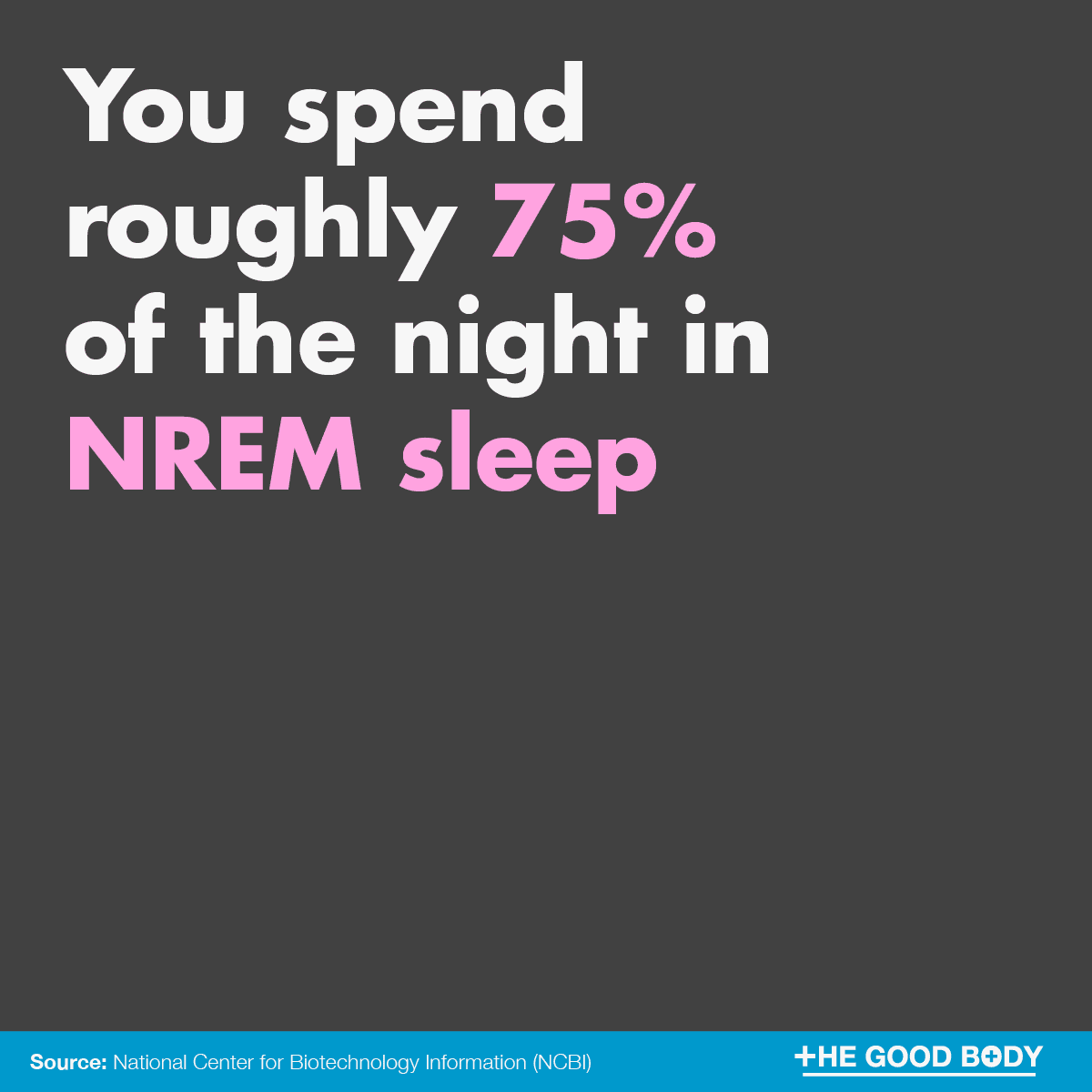
1. You spend roughly 75% of the night in NREM sleep.
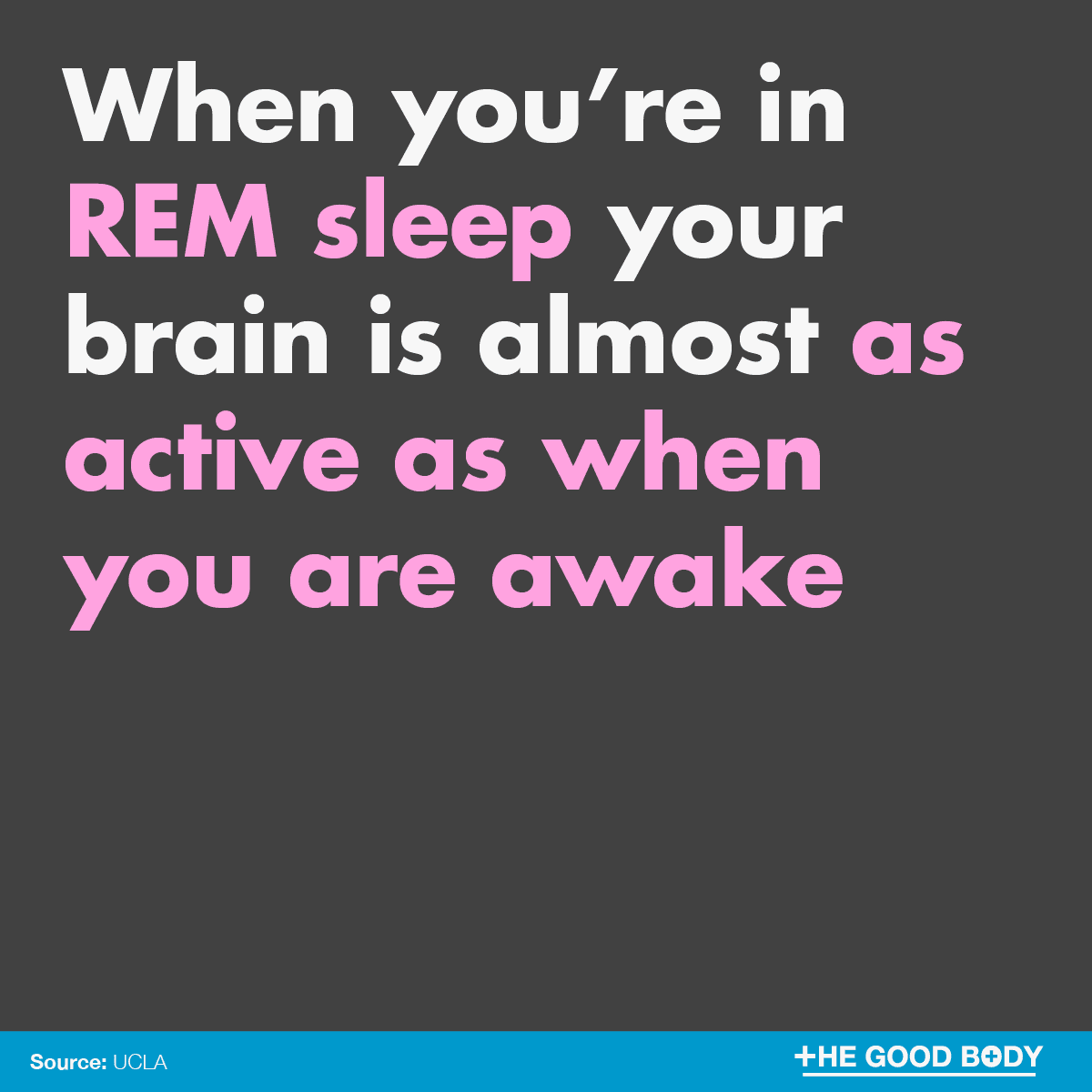
2. When you’re in REM sleep your brain is almost as active as when you’re awake.
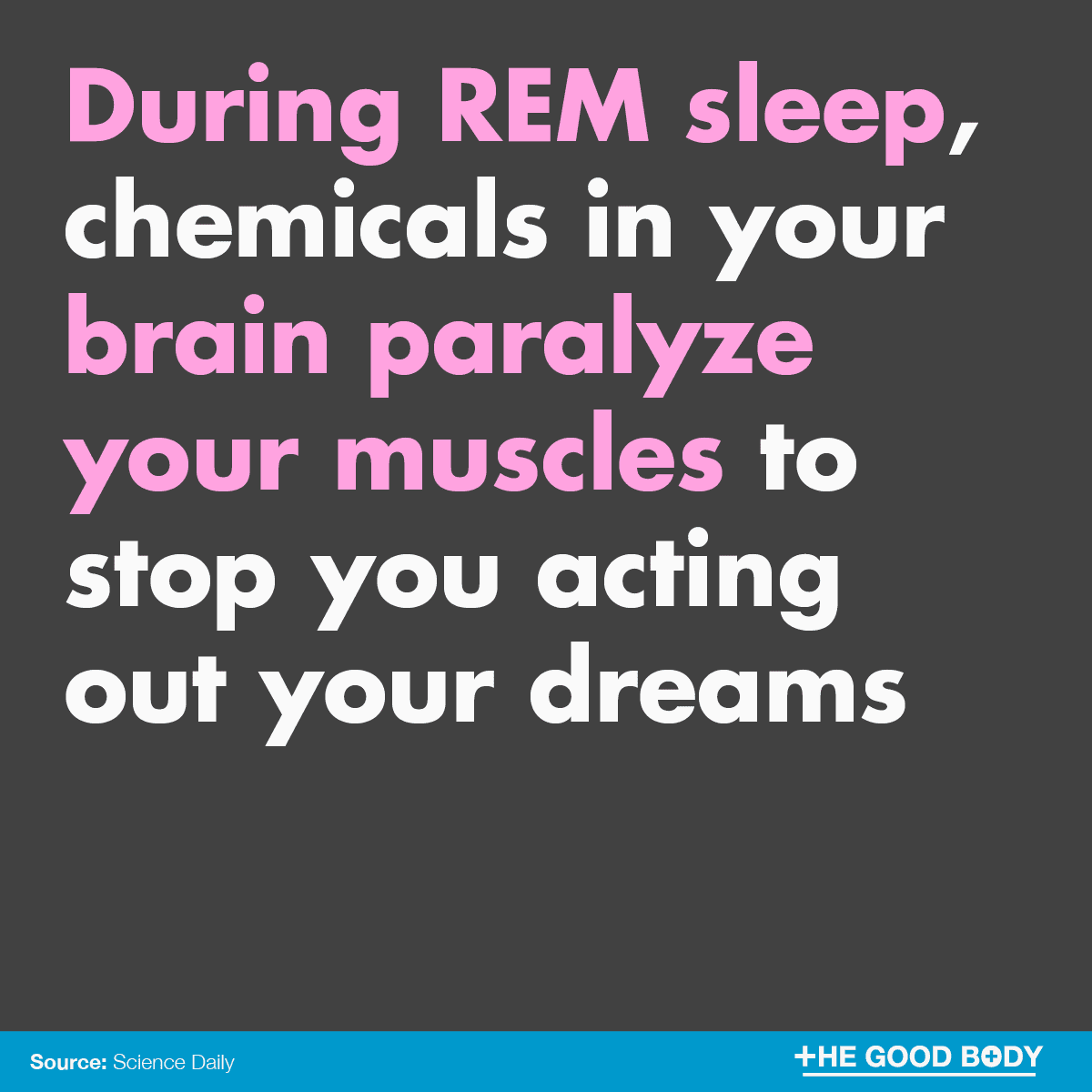
3. During REM sleep, chemicals in your brain paralyze your muscles to stop you acting out your dreams.
Myth:
“Eating cheese gives you nightmares.”
There is no scientific proof that backs up the idea that cheese gives you nightmares. However some research does show that different types of cheese can give you different types of dreams.[14]
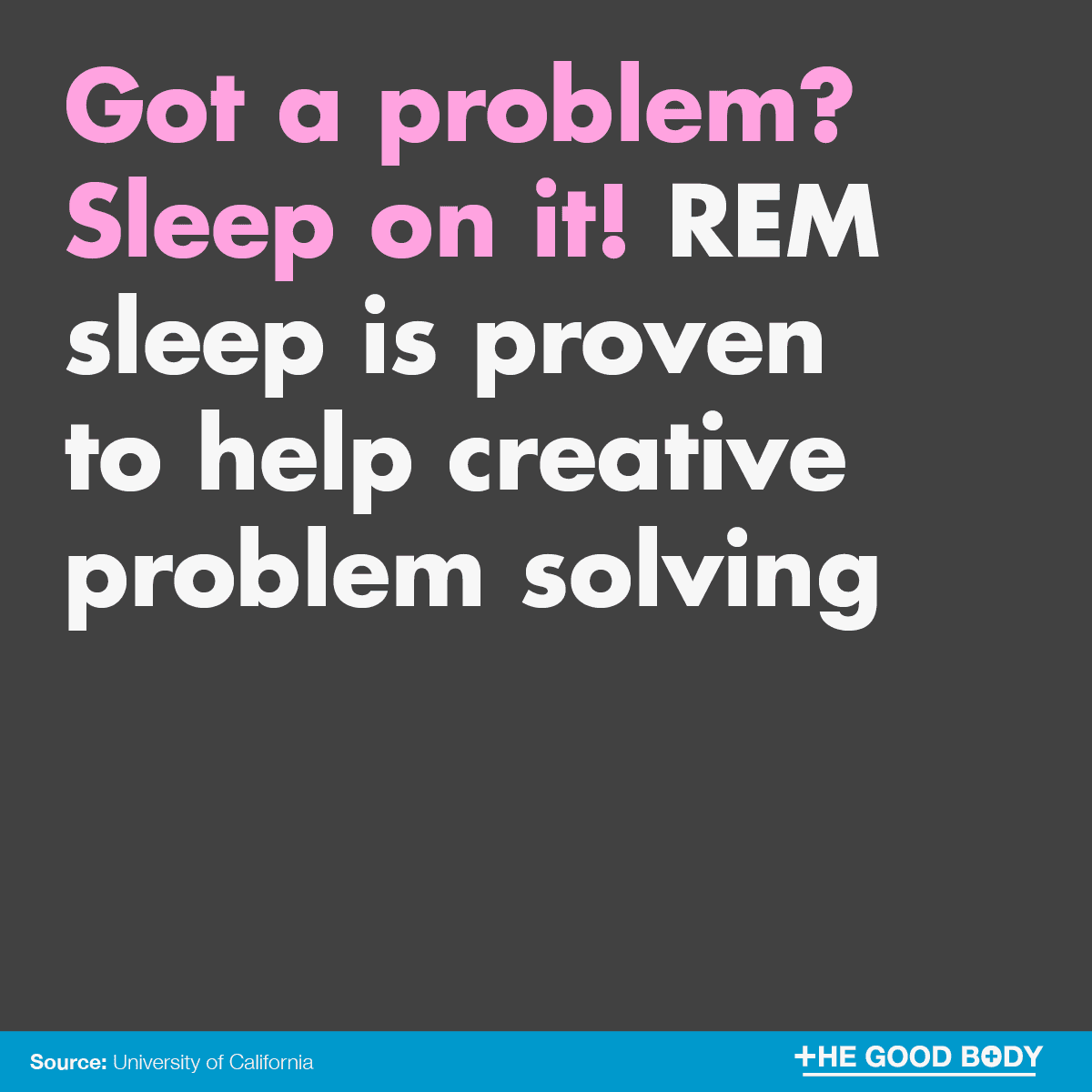
4. Got a problem? Sleep on it! REM sleep is proven to help creative problem solving.
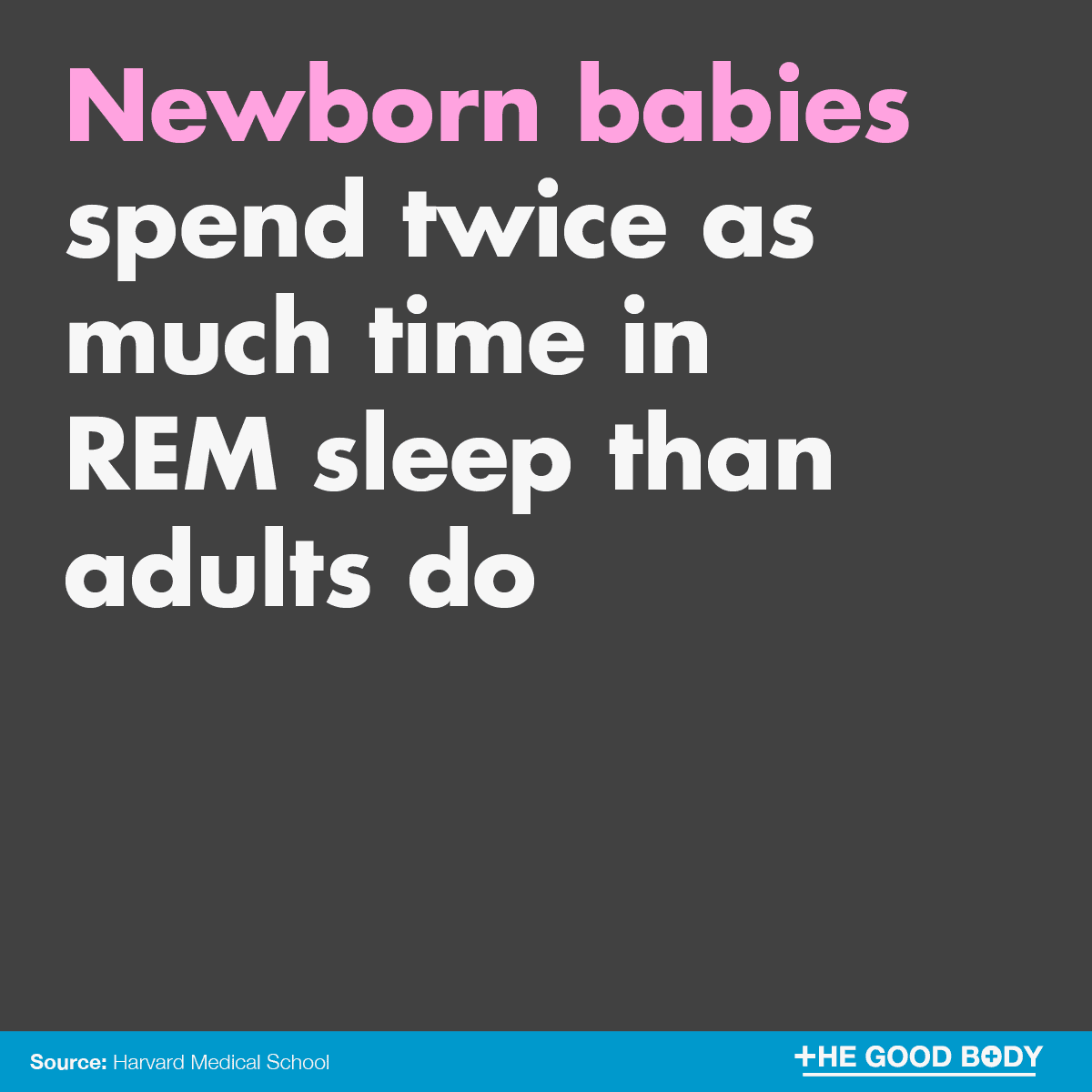
5. Newborn babies spend twice as much time in REM sleep than adults do.
However the muscles of newborn babies don’t become paralyzed in the way they do for adults, as that part of the brain is not yet fully developed.
This is why babies often twitch and make sudden erratic movements in their slumber.
Sleeping Position Facts
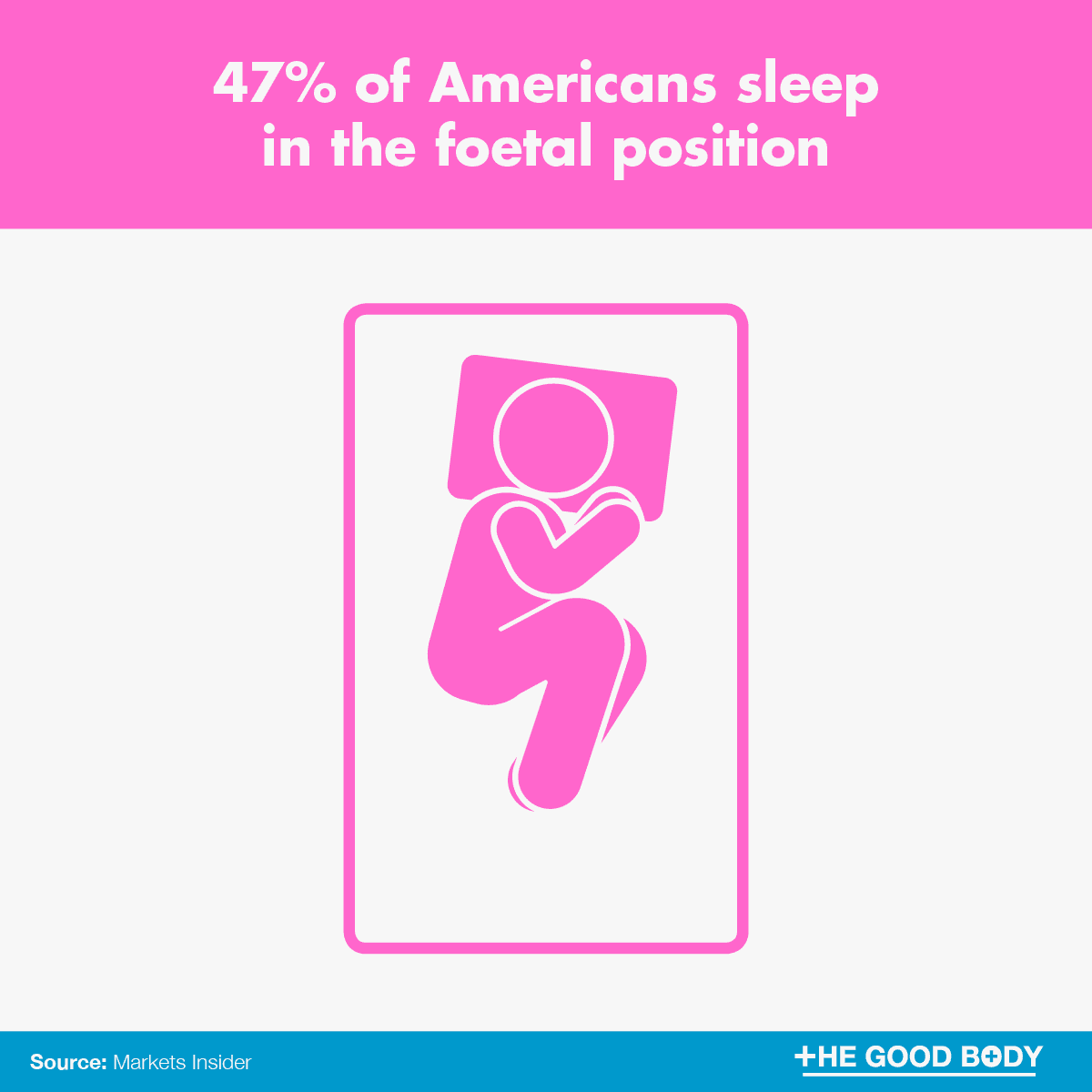
1. 47% of Americans sleep in the foetal position.
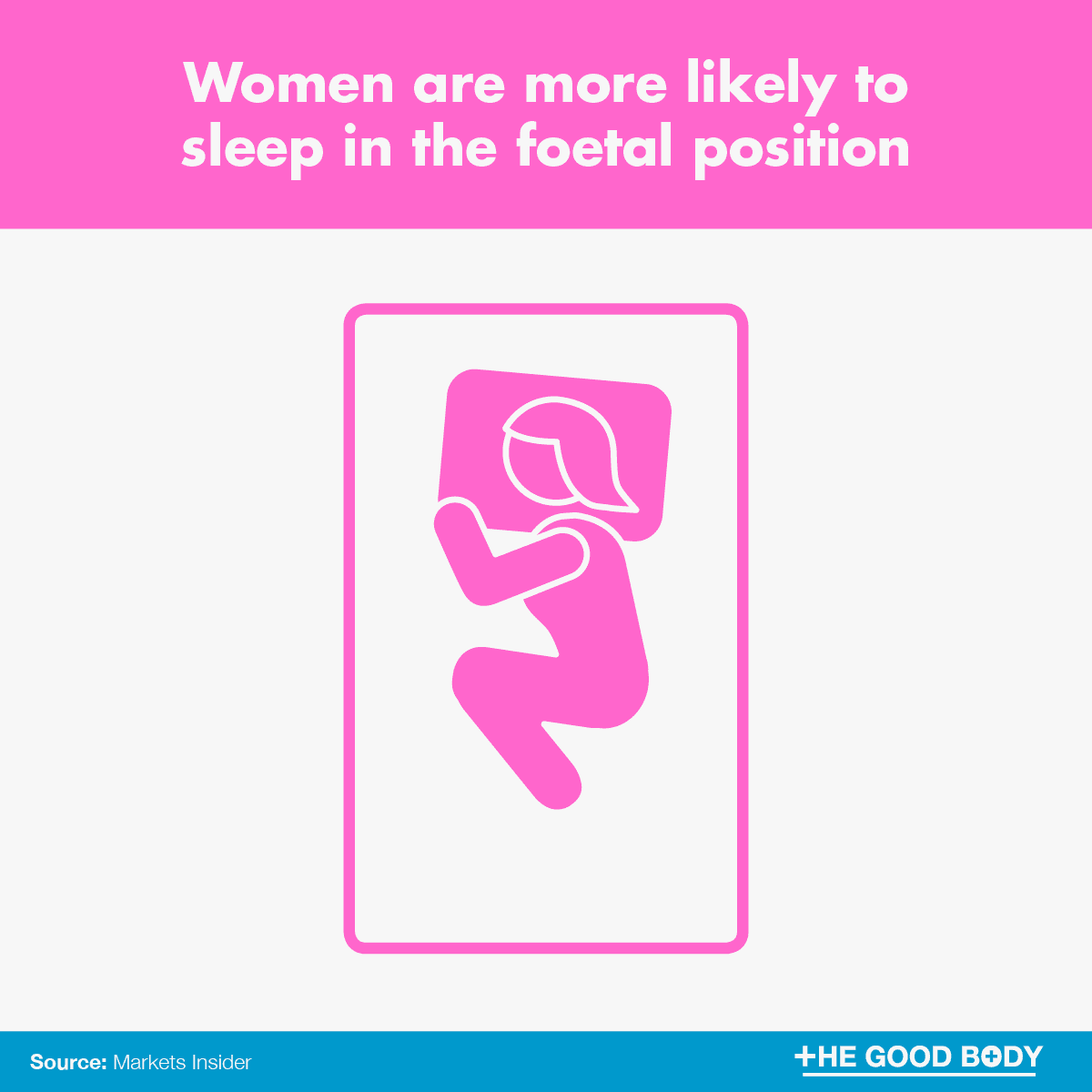
2. Women are more likely to sleep in the foetal position.
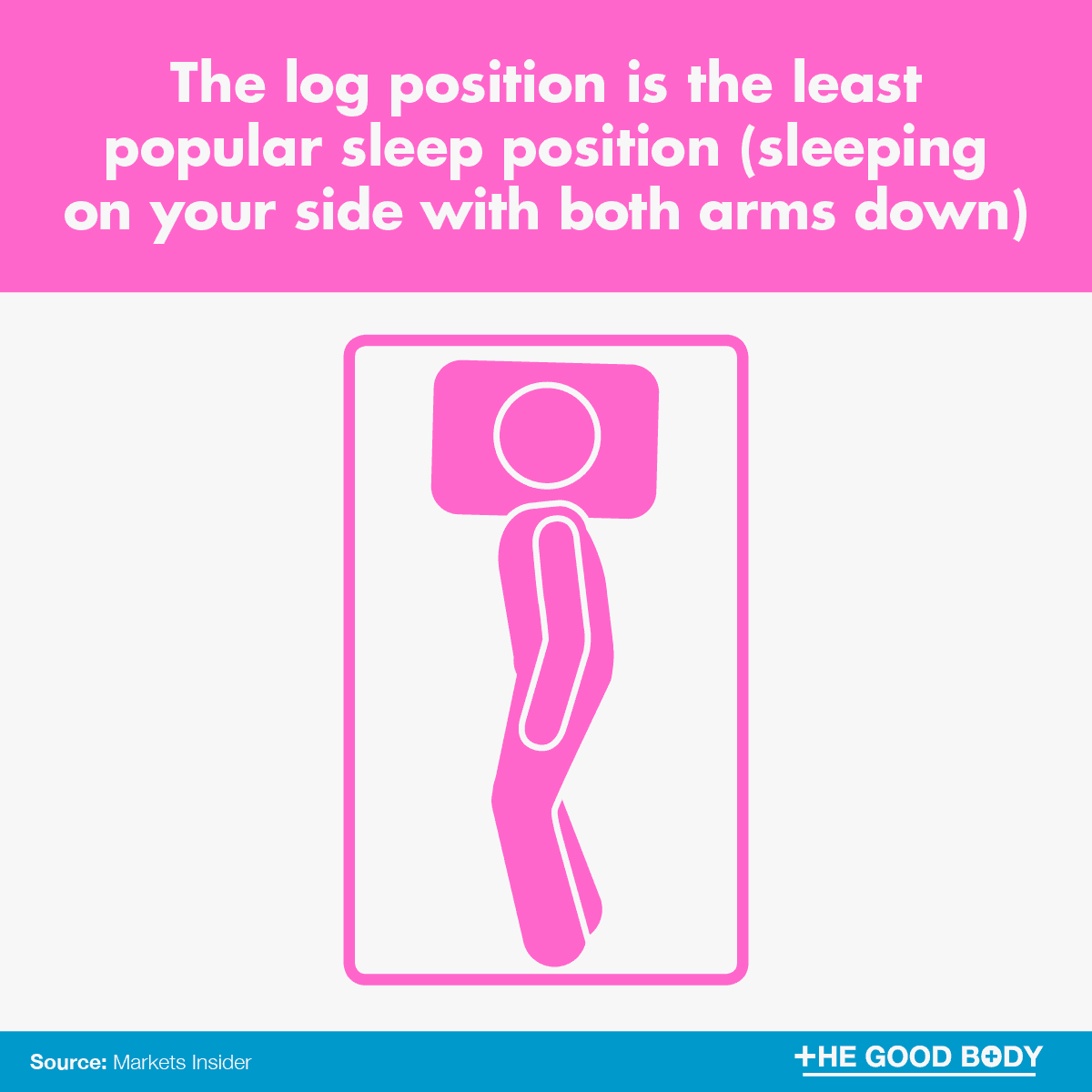
3. The log position is the least popular sleep position. Which is sleeping on your side with both arms down.
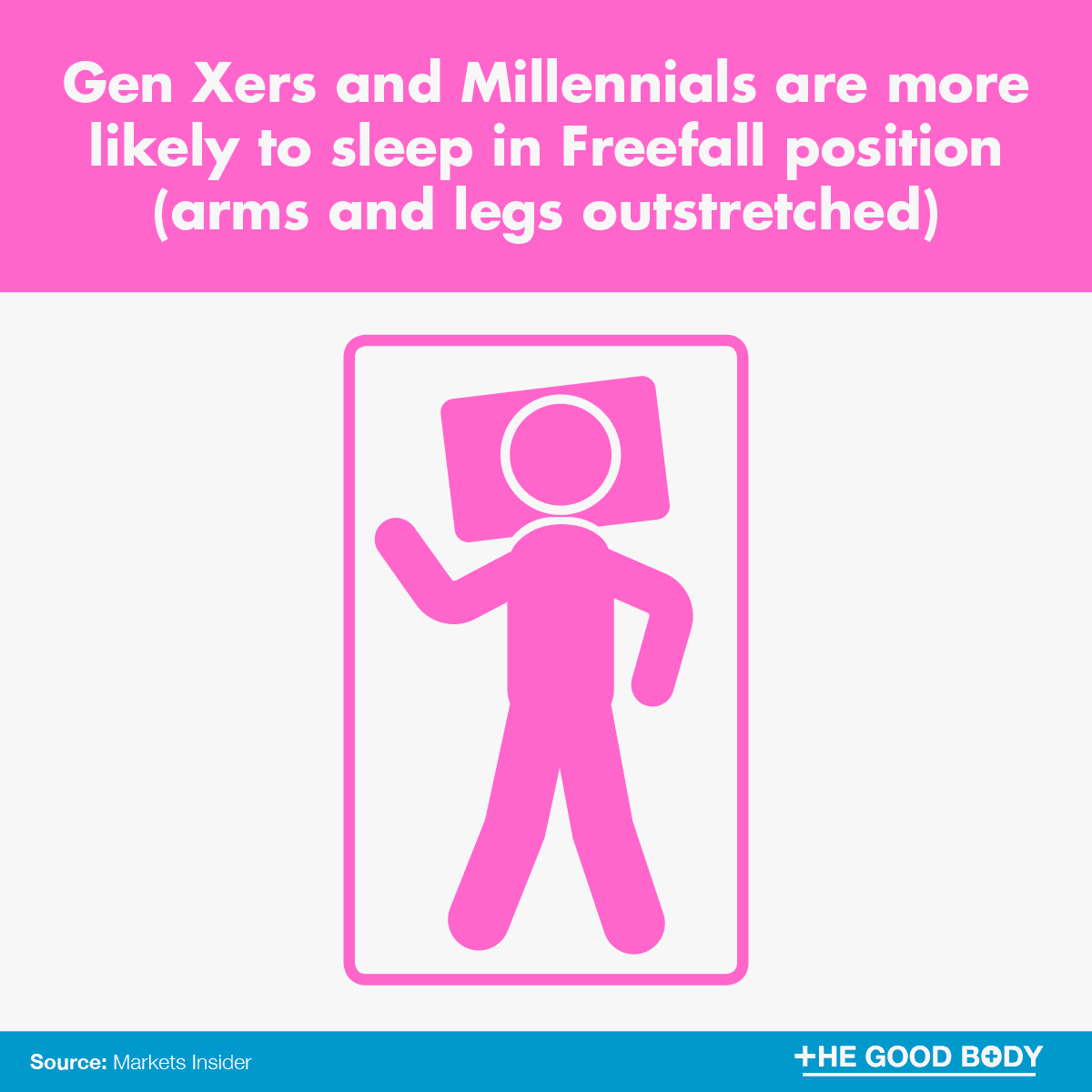
4. Gen Xers and Millennials are more likely to sleep in Freefall position (arms and legs outstretched)
Andrew Bang of the Cleveland Clinic reported that “the body likes variety” when it comes to sleep, so will commonly move from one position to another.[15]
You can’t sneeze when sleeping.
That’s right it’s impossible to sneeze when sleeping as we don’t breathe in enough air to stimulate a sneeze.[16]
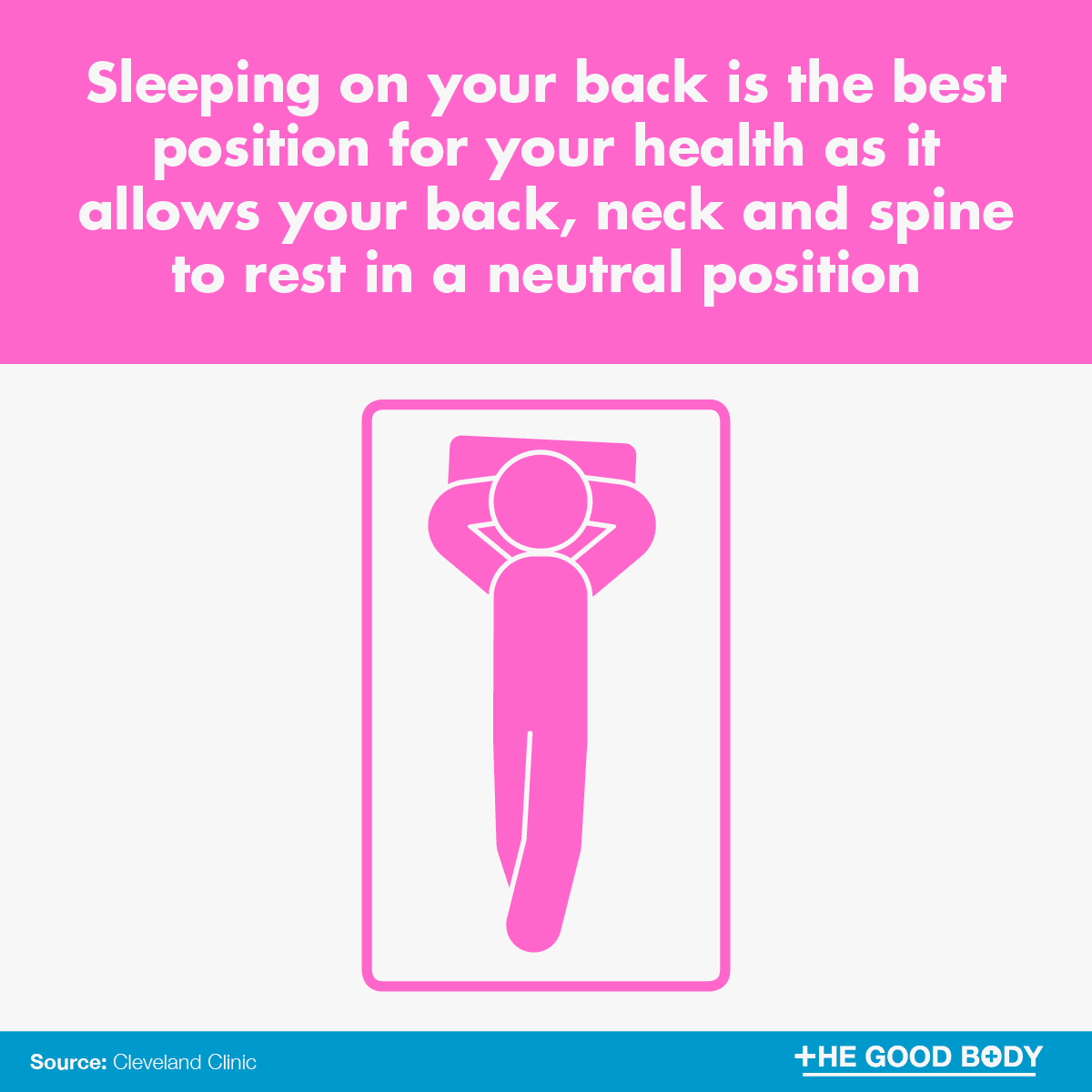
5. Sleeping on your back is the best position for your health as it allows your back, neck and spine to rest in a neutral position.
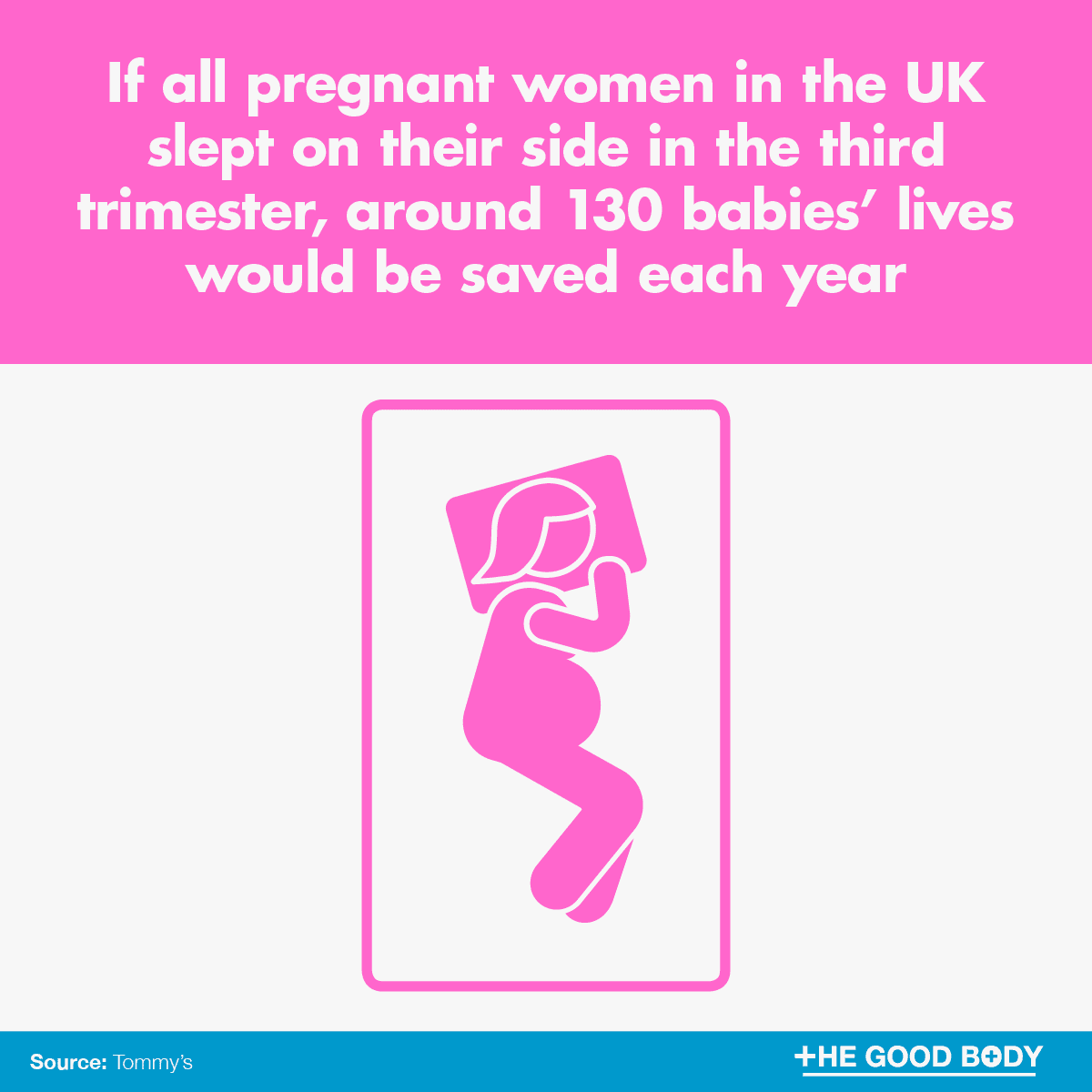
6. If all pregnant women in the UK slept on their side in the third trimester, around 130 babies’ lives would be saved each year.
During pregnancy women are advised to sleep on their side rather than on their back, as the latest research shows that the risk of stillbirth is doubled if a pregnant women sleeps on her back in the third trimester.[17]
Desperate for more shut-eye?
Kiwis, acupressure and keeping your bedroom cool are just a few of the things proven to help you sleep!
References
- Smith, L. (2022). 45 Insomnia Statistics: How Many People Suffer From Insomnia? [Online]. The Good Body. Available from: https://www.thegoodbody.com/insomnia-statistics/ [Accessed 16 August 2023]. ↩
- Murzyn, E. (2008). Do we only dream in colour? a comparison of reported dream colour in younger and older adults with different experiences of black and white media [Online]. Consciousness and Cognition. Available from: https://discovery.dundee.ac.uk/en/publications/do-we-only-dream-in-colour-a-comparison-of-reported-dream-colour- [Accessed 16 August 2023]. ↩
- Baldock Museum and Local History Society (2008). The Knocker-Up of Baldock [Online]. Available from: http://baldockhistory.org.uk/wp-content/uploads/2020/01/Knocker-Upper.pdf [Accessed 16 August 2023]. ↩
- Wikipedia (2023). David Rice Atchison [Online]. Available from: https://en.wikipedia.org/wiki/David_Rice_Atchison#%22President_for_One_Day%22 [Accessed 16 August 2023]. ↩
- Glencairn Museum (2018). Headrests in Glencairn’s Egyptian Collection: Practicality and Protection [Online]. Available from: https://www.glencairnmuseum.org/newsletter/2018/7/25/headrests-in-glencairns-egyptian-collection-practicality-and-protection [Accessed 16 August 2023]. ↩
- Sleep Advisor. (2023). Which Countries Get The Most and The Least Sleep? [Online]. Available from: https://www.sleepadvisor.org/countries-most-sleep/ [Accessed 16 August 2023]. ↩
- Guinness World Records (2023). Largest sleepover/pyjama party [Online]. Available from: https://www.guinnessworldrecords.com/world-records/largest-sleepoverpyjama-party [Accessed 16 August 2023]. ↩
- Raypole, C. (2019). Understanding Somniphobia, or Fear of Sleep [Online]. Healthline. Available from: https://www.healthline.com/health/somniphobia [Accessed 16 August 2023]. ↩
- Adams, C. (2012). Why Does Z Stand for Snoring? [Online]. Washington City Paper. Available from: https://washingtoncitypaper.com/article/212749/why-does-z-stand-for-snoring-and-how-do-other/ [Accessed 16 August 2023]. ↩
- U.S. Department of Health & Human Services (2020). Sleep in Middle and High School Students [Online]. Available from: https://www.cdc.gov/healthyschools/features/students-sleep.htm [Accessed 16 August 2023]. ↩
- BBC Science (2023). Teenagers: Sleeping patterns [Online]. Available from: https://www.bbc.co.uk/science/humanbody/mind/articles/emotions/teenagers/sleep.shtml [Accessed 16 August 2023]. ↩
- Kerr, N.H. & Domhoff, W.G. (2004). [Online]. dreamresearch.net. Available from: https://dreams.ucsc.edu/Library/kerr_2004.html [Accessed 16 August 2023]. ↩
- Siegler, F.A. (2014). Remembering Dreams [Online]. The Philosophical Quarterly. Available from: https://hms.harvard.edu/sites/default/files/publications%20archive/OnTheBrain/OnTheBrainSummer14.pdf [Accessed 16 August 2023]. ↩
- Millard, E. (2017). Can Eating Cheese Really Give You Nightmares? [Online]. Men's Health. Available from: https://www.menshealth.com/health/a19545247/does-eating-cheese-cause-nightmares/ [Accessed 16 August 2023]. ↩
- Cleveland Clinic (2023). Is Sleeping On Your Stomach Bad? [Online]. Available from: https://health.clevelandclinic.org/sleeping-on-stomach/ [Accessed 16 August 2023]. ↩
- Boness, L. (2012). Can humans sneeze while sleeping? [Online]. Science Illustrated. Available from: https://scienceillustrated.com.au/blog/science/ask-us-can-humans-sneeze-while-sleeping/ [Accessed 16 August 2023]. ↩
- Tommy’s (2017). Sleep On Side - a pregnancy campaign [Online]. Available from: https://www.tommys.org/pregnancy-information/im-pregnant/sleep-side/sleep-side-pregnancy-campaign [Accessed 16 August 2023]. ↩

